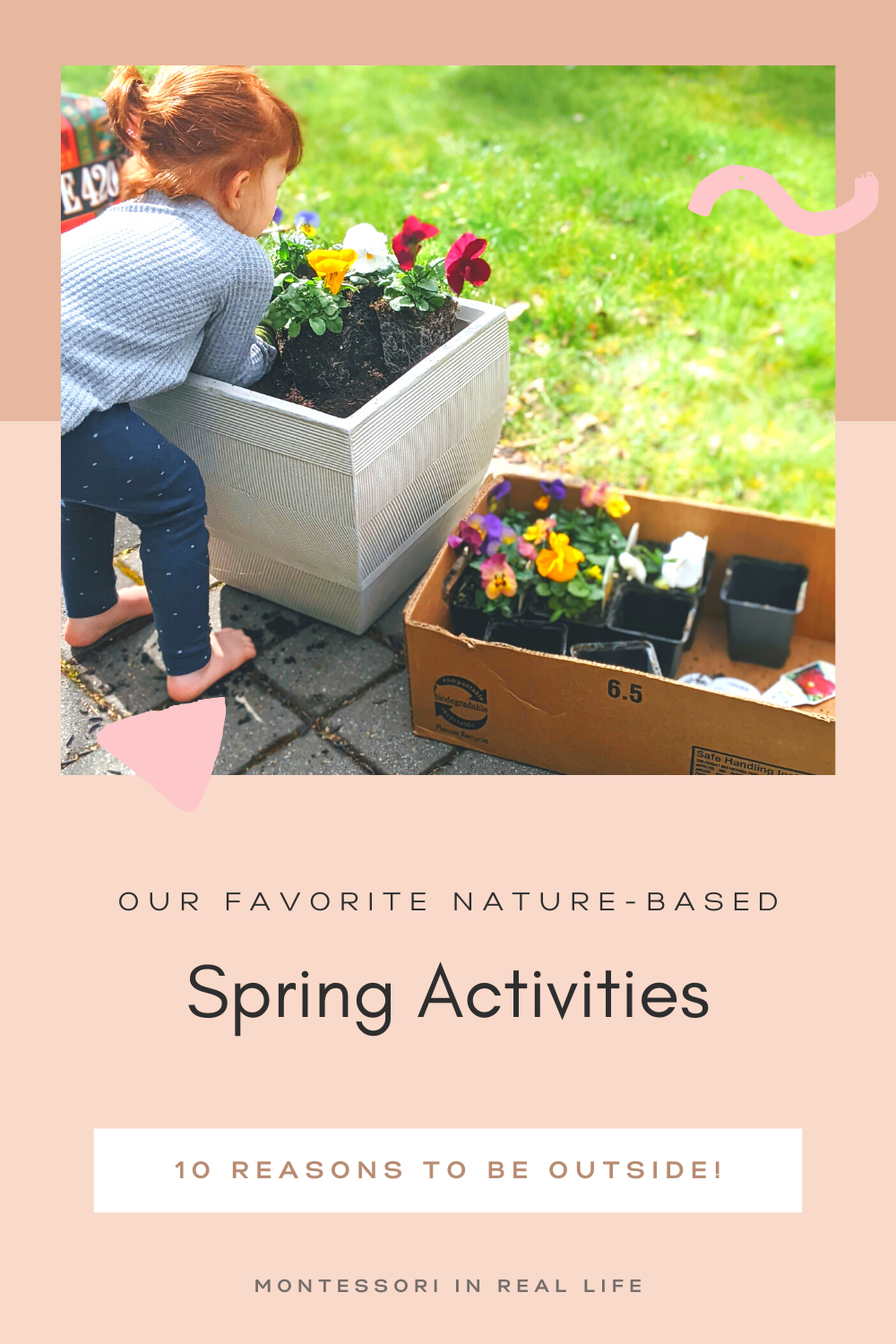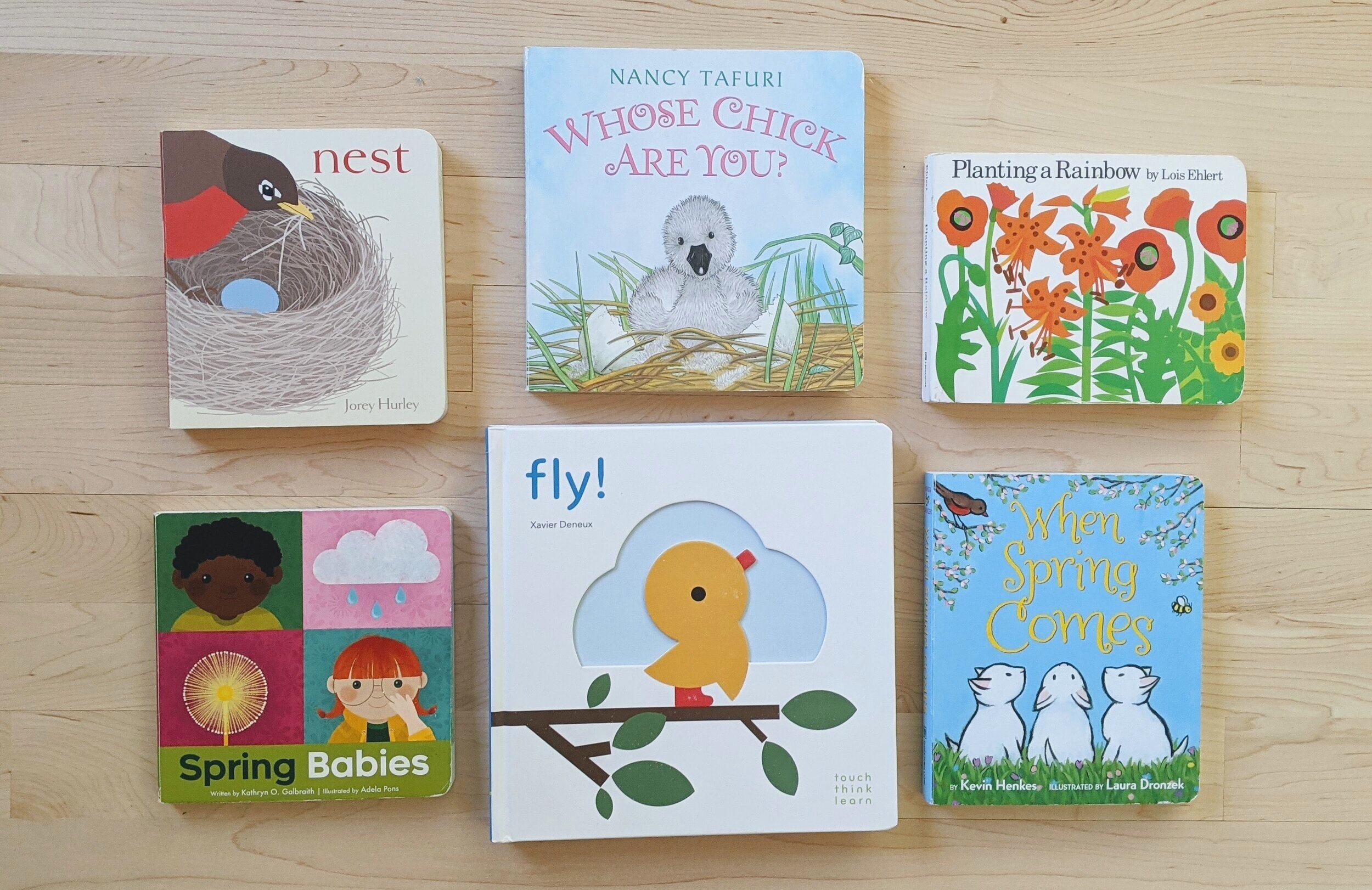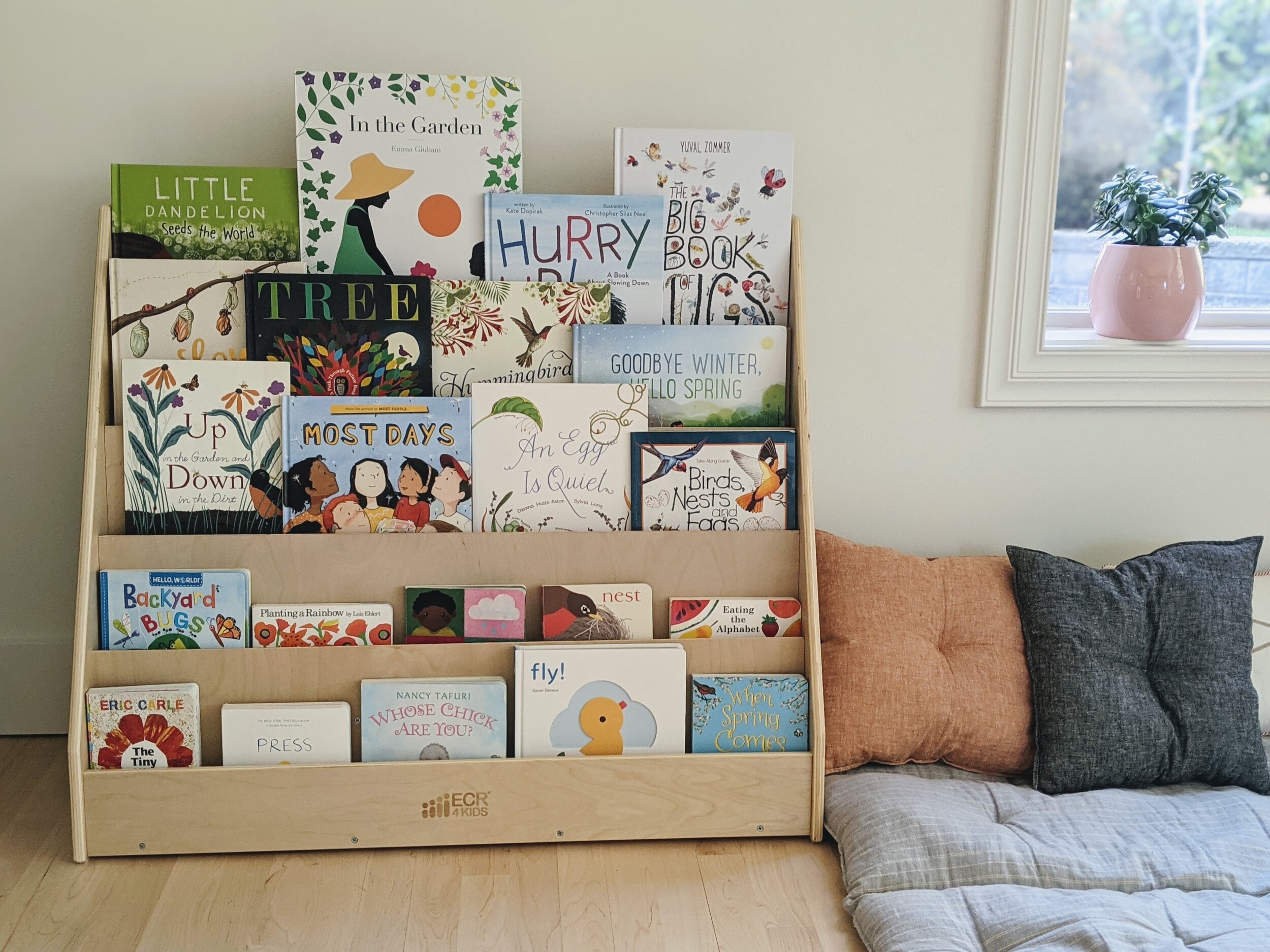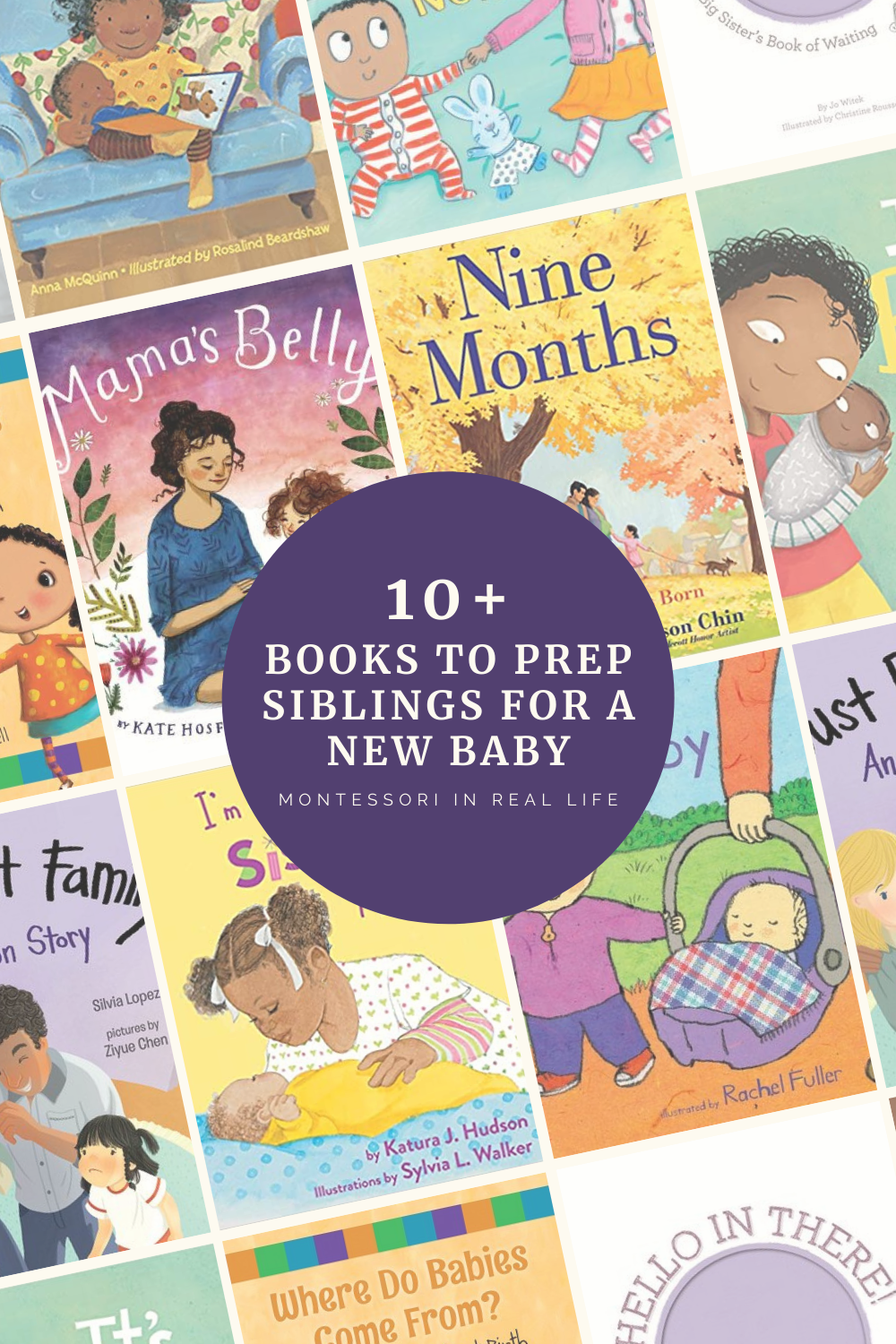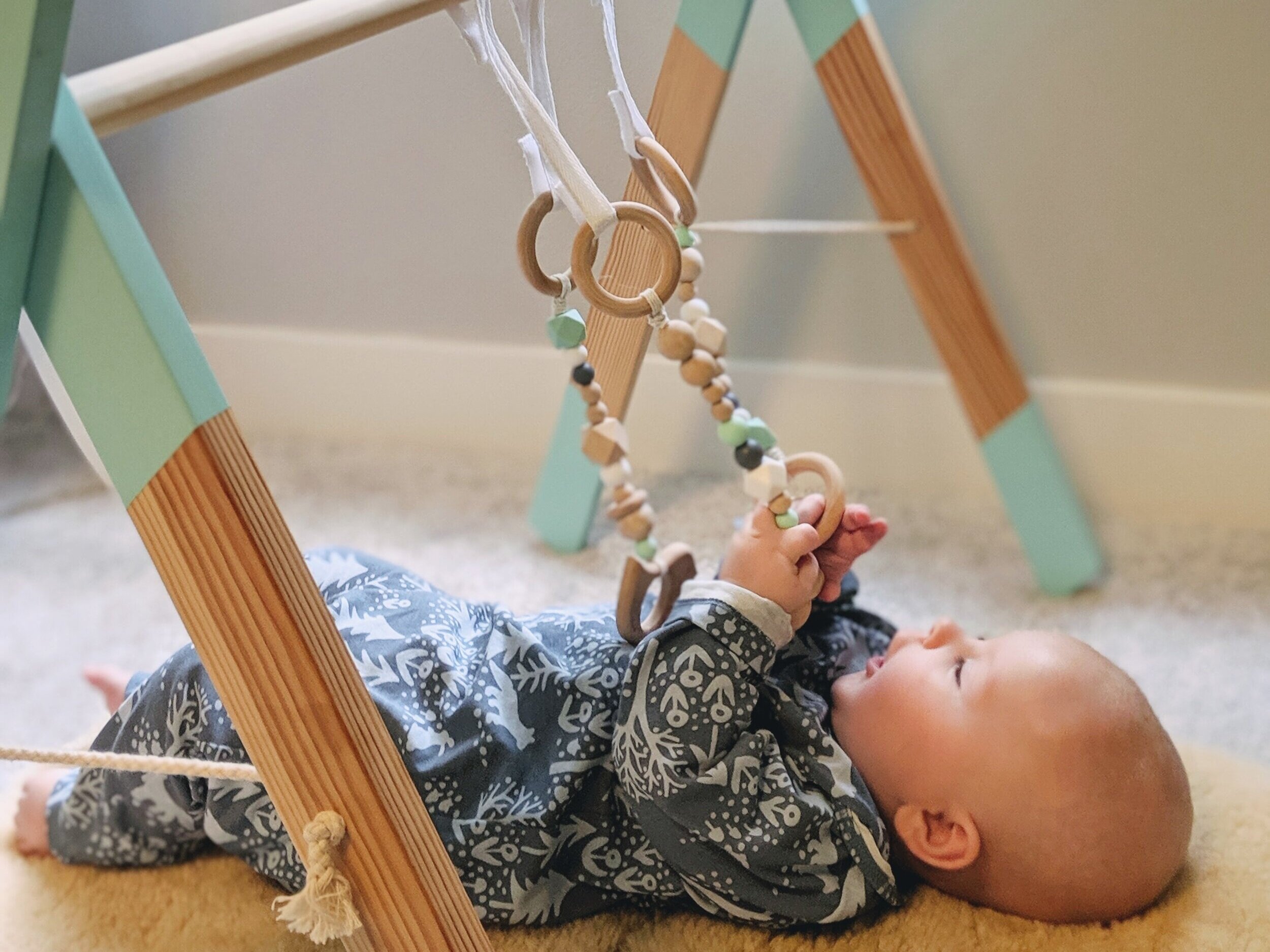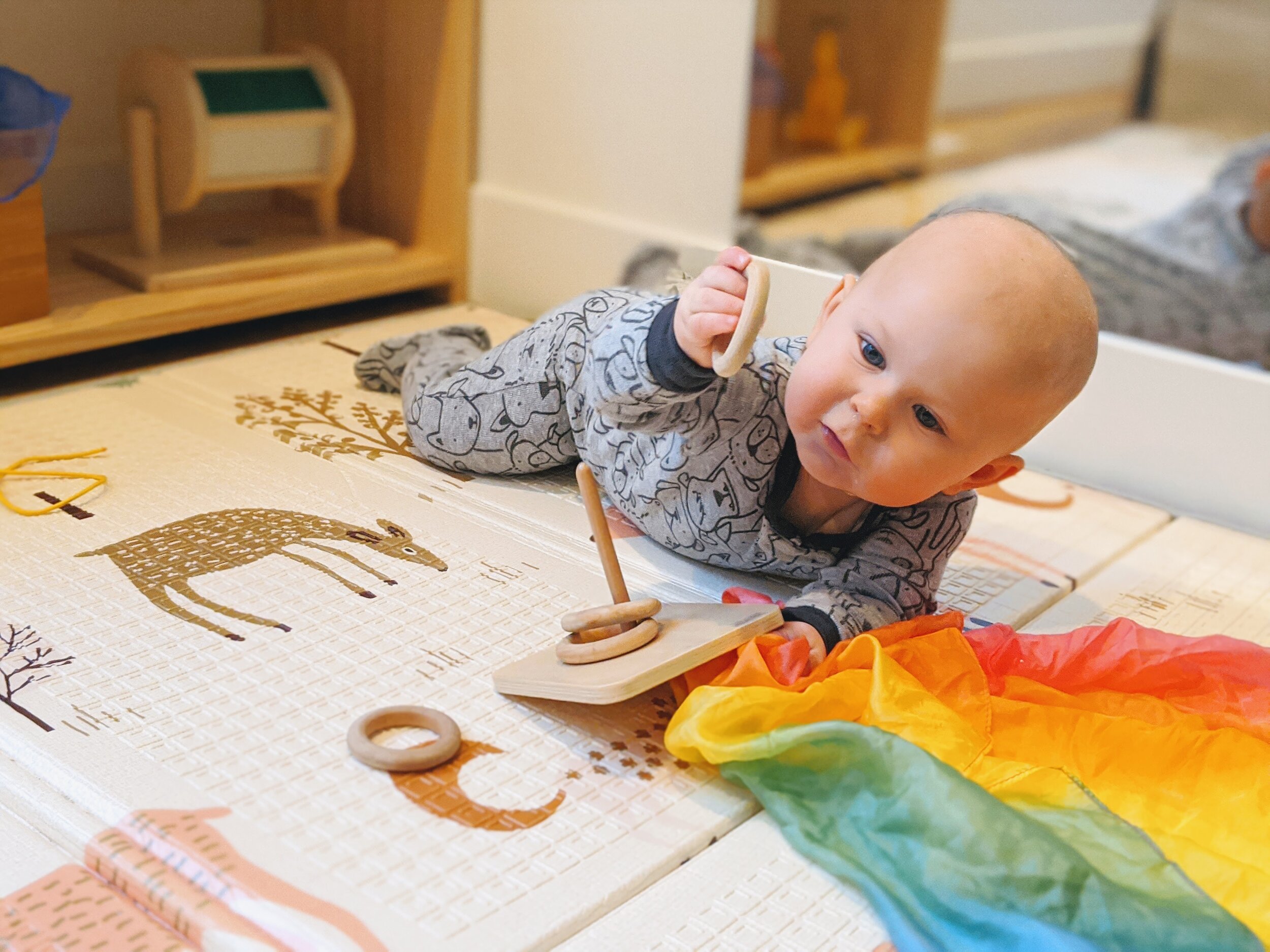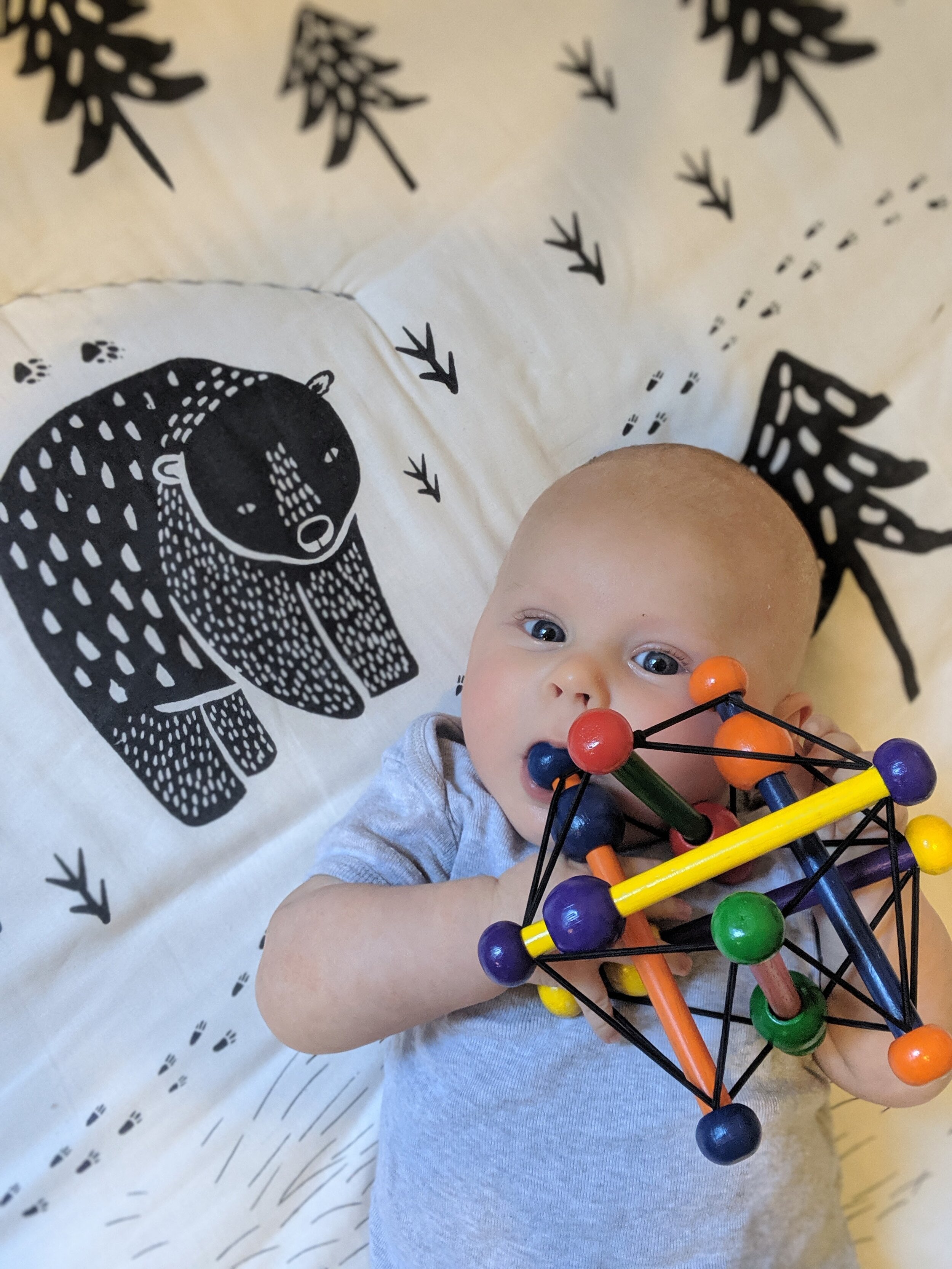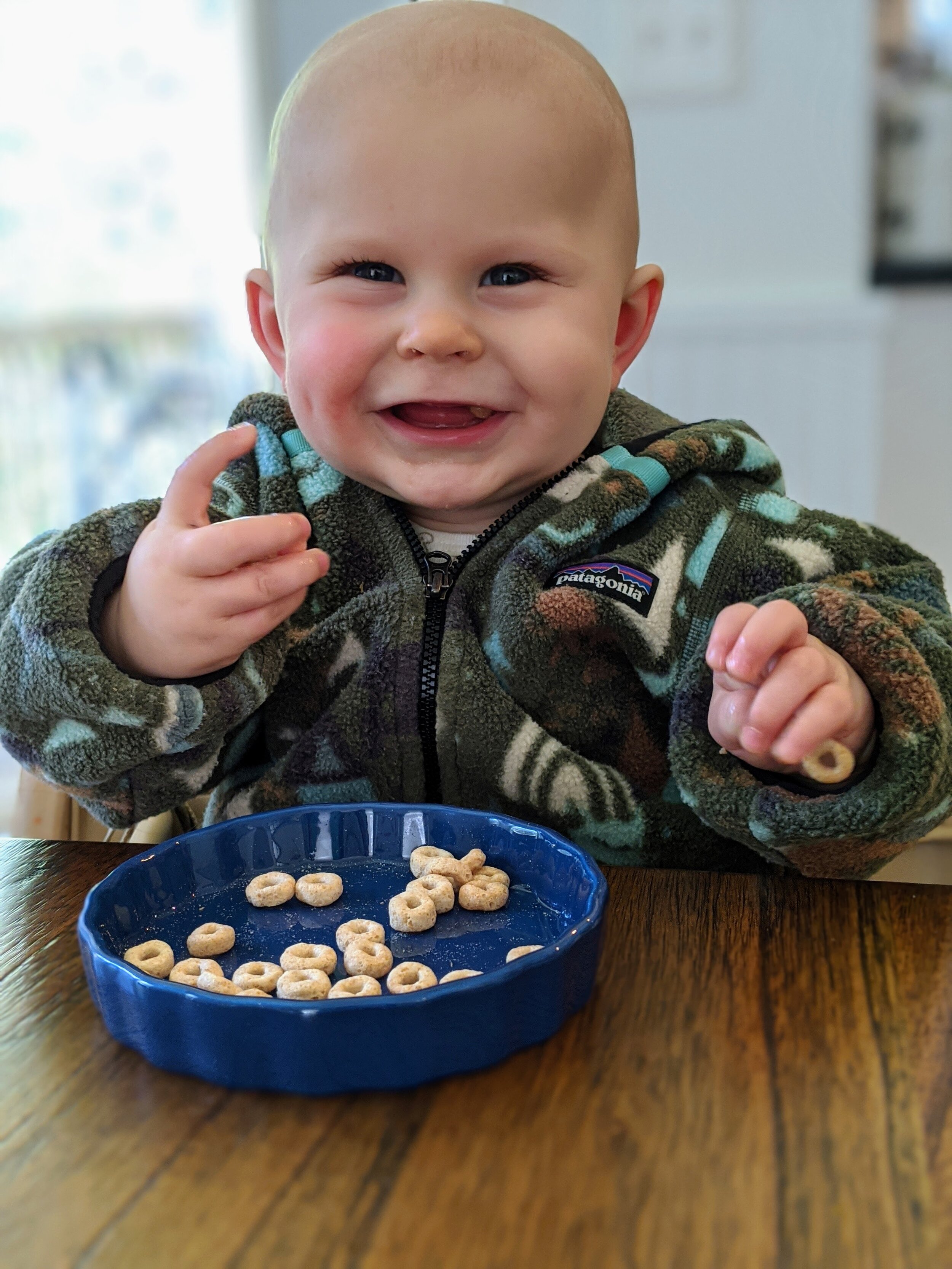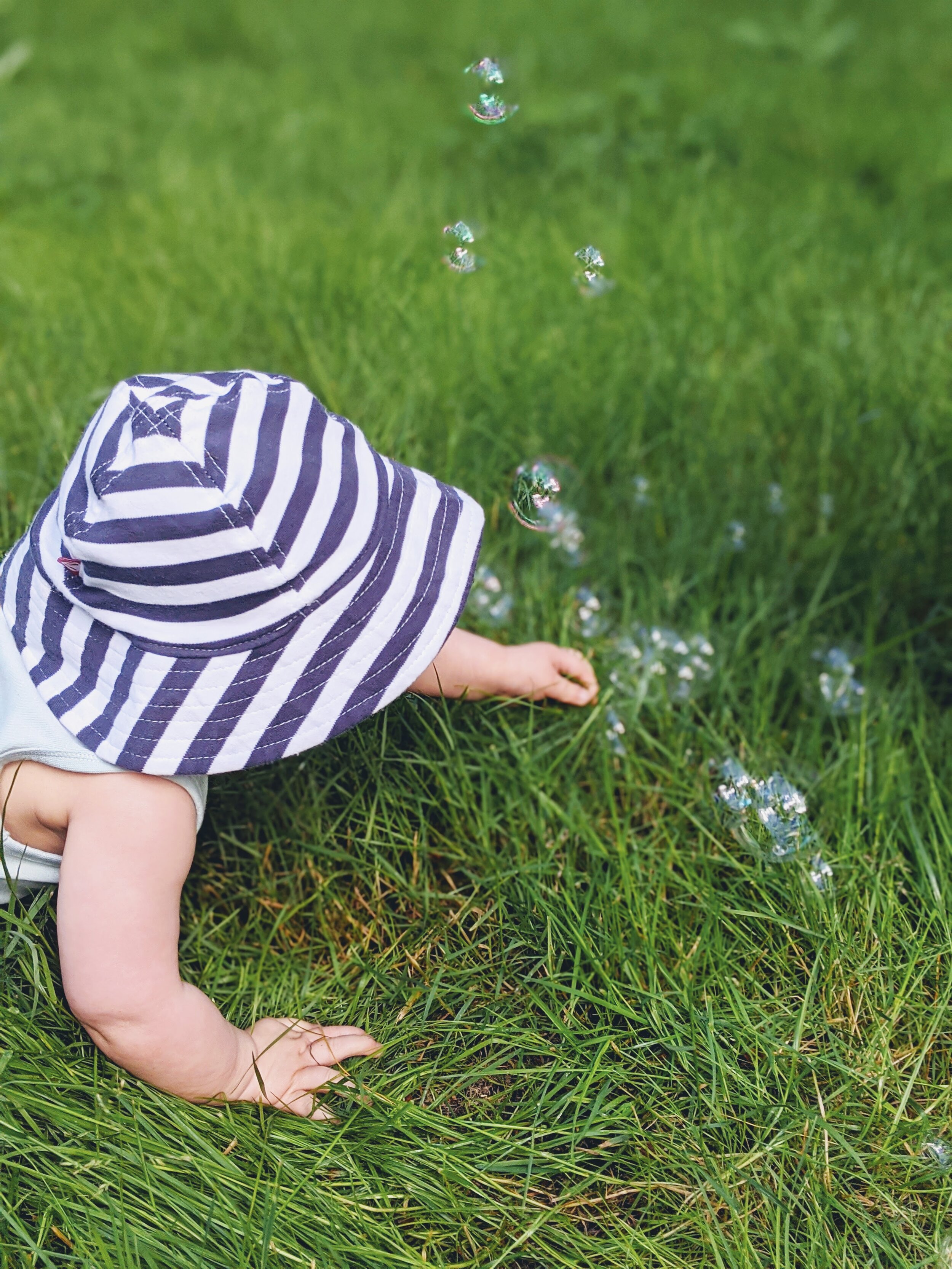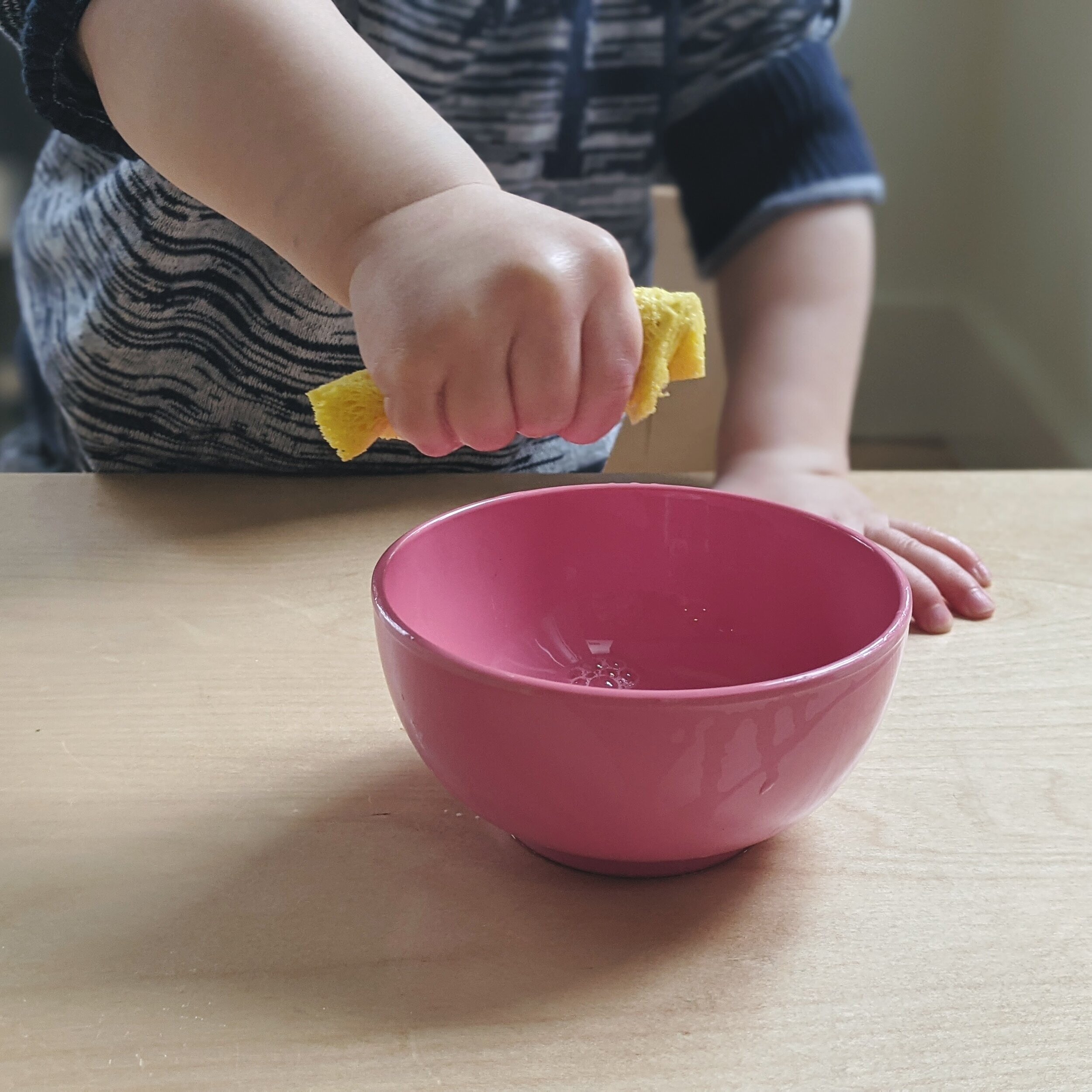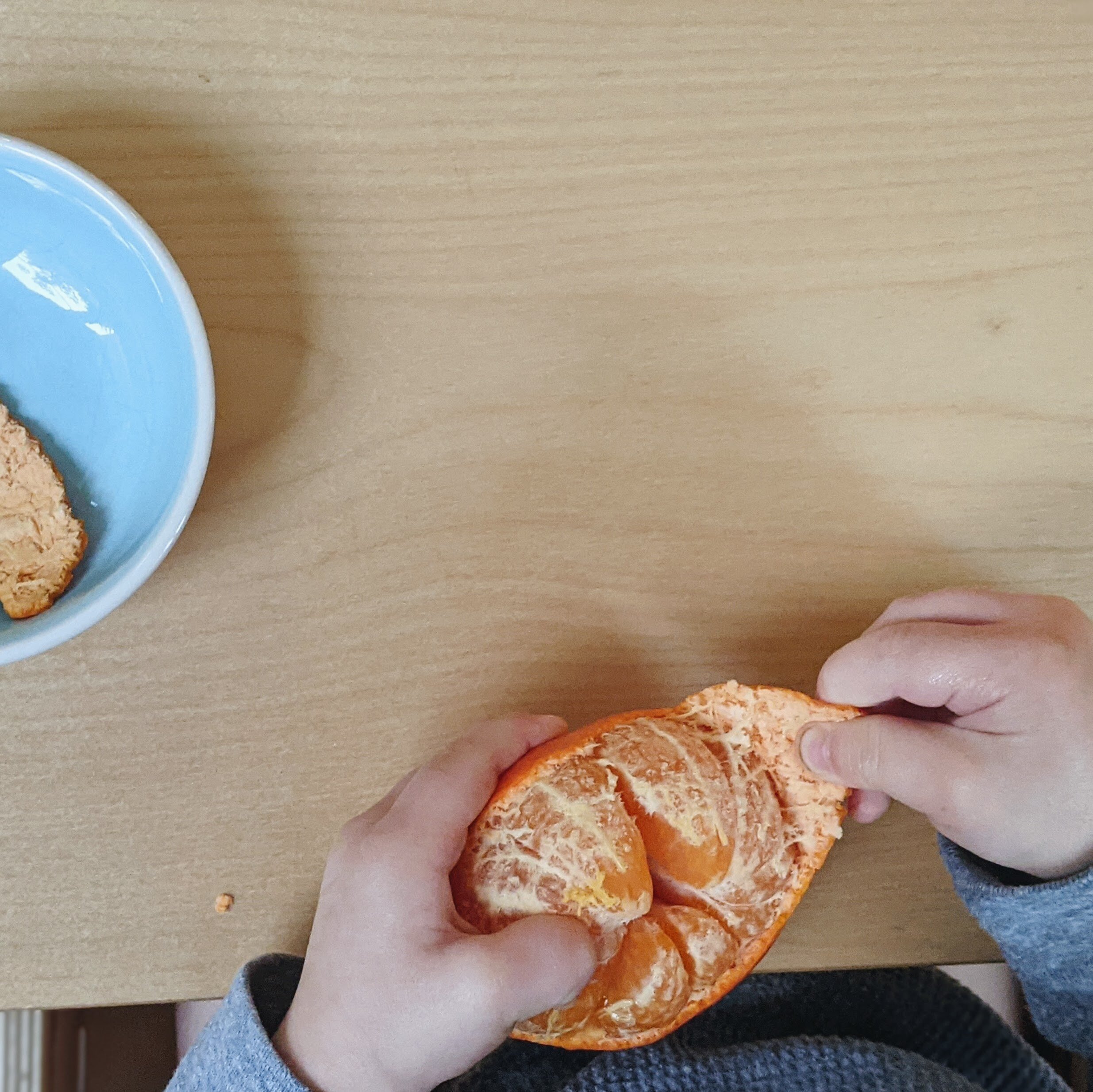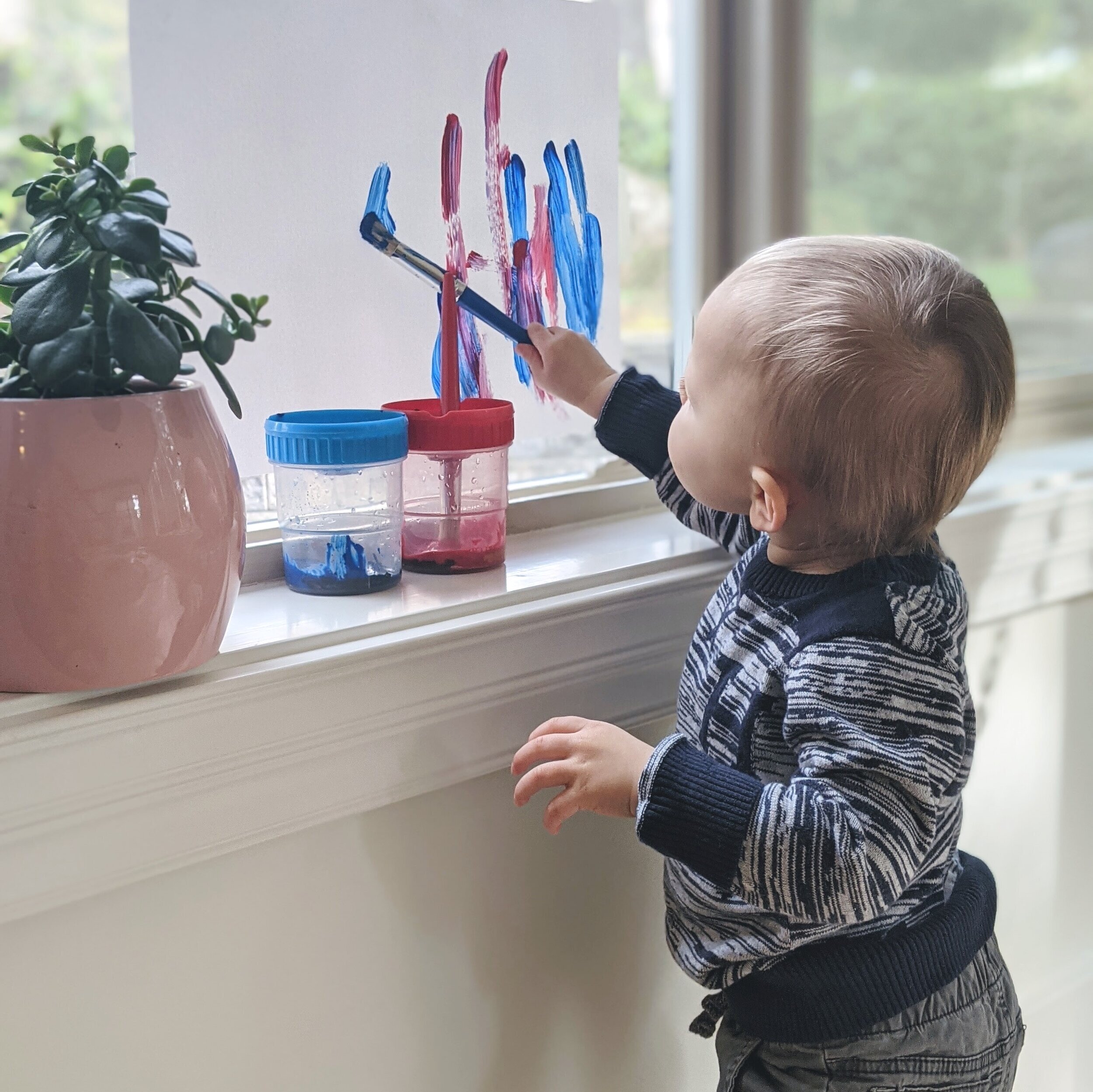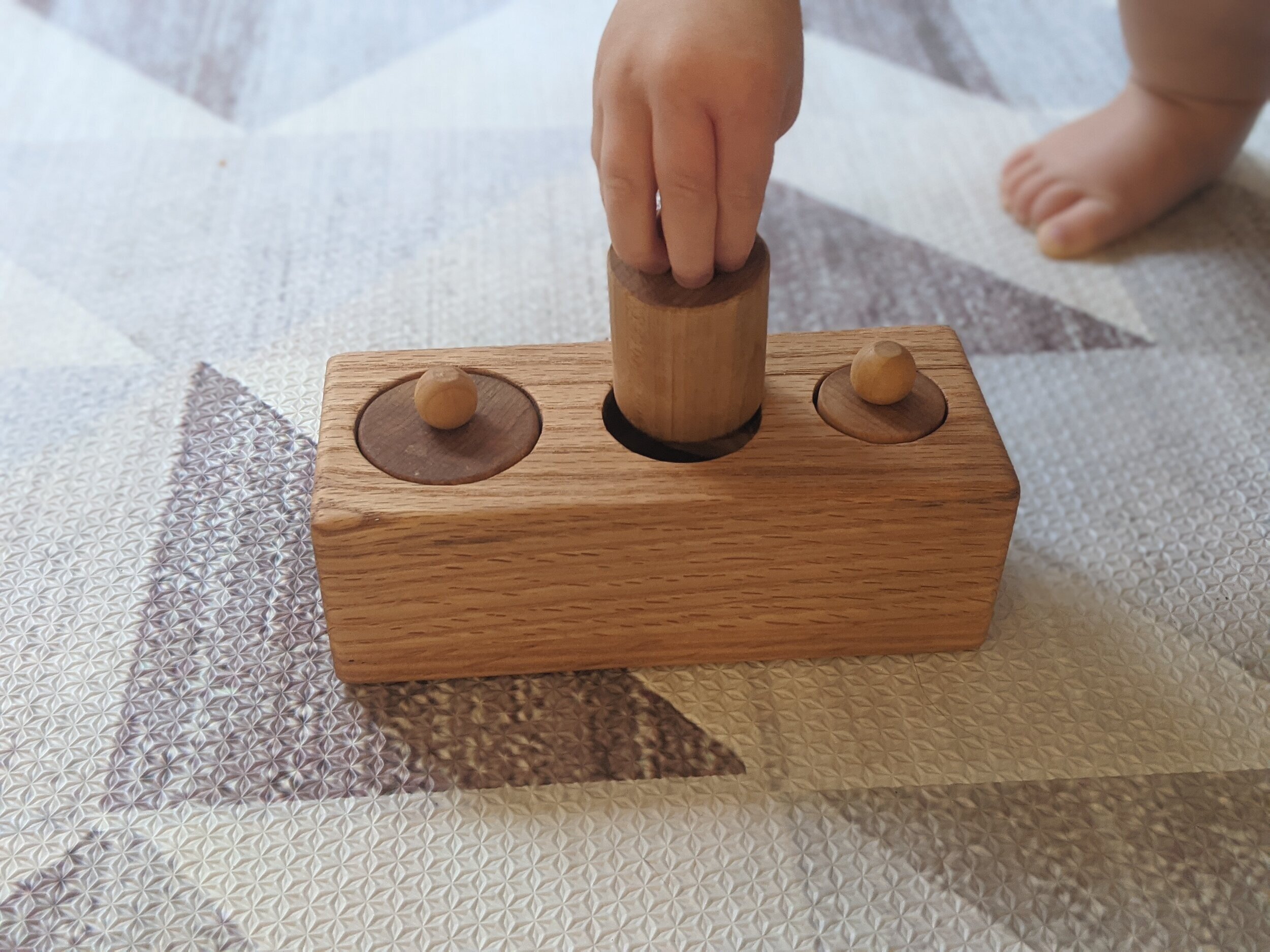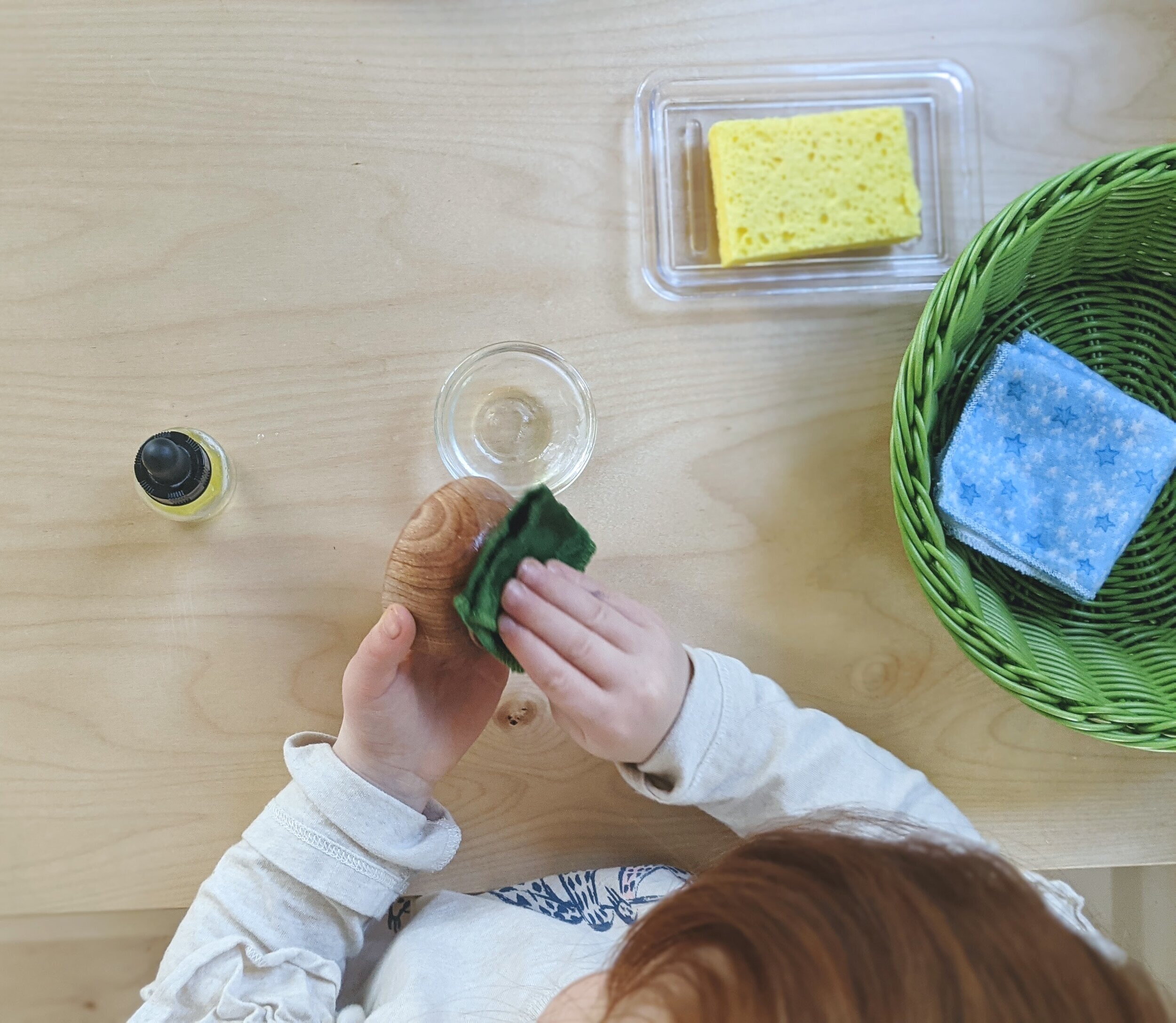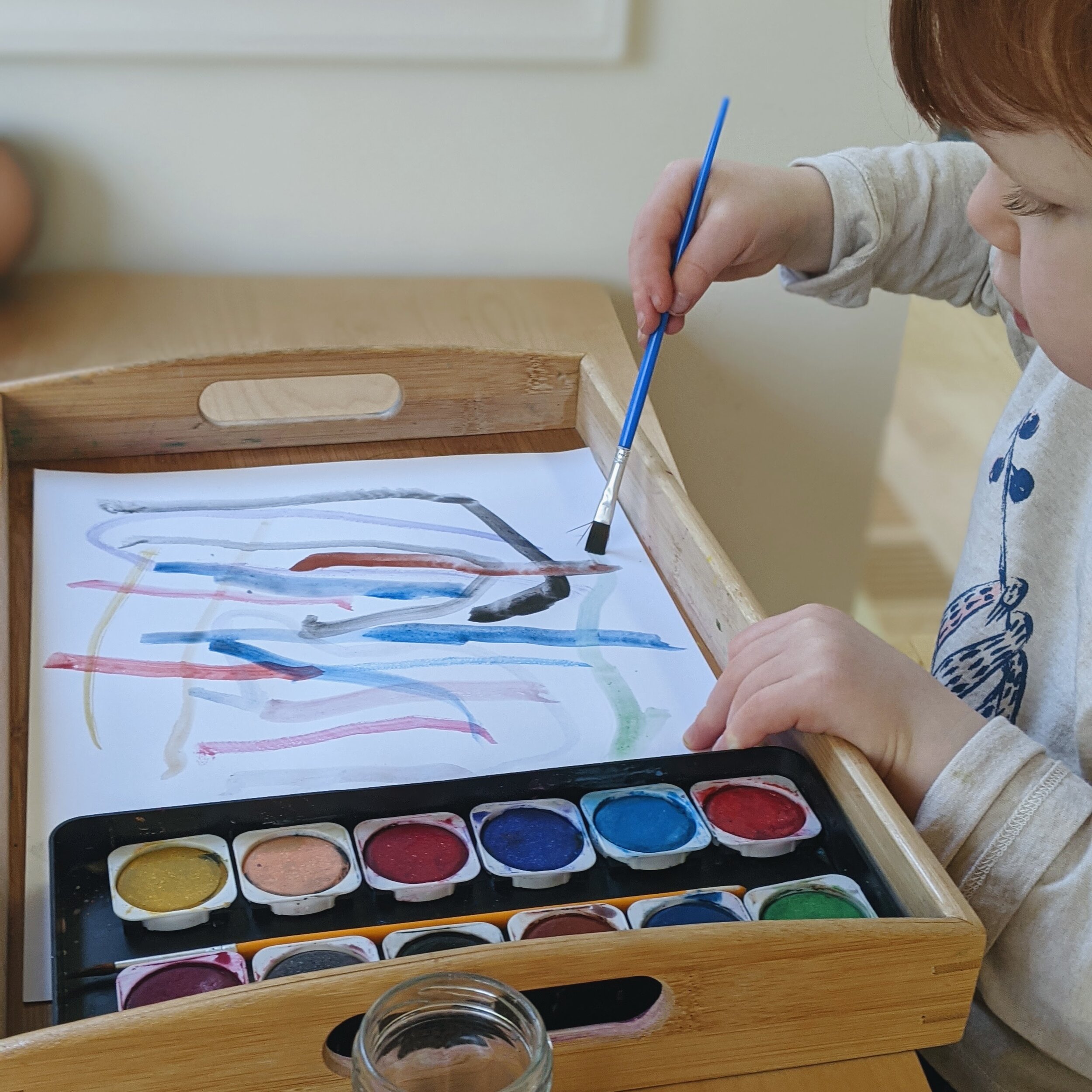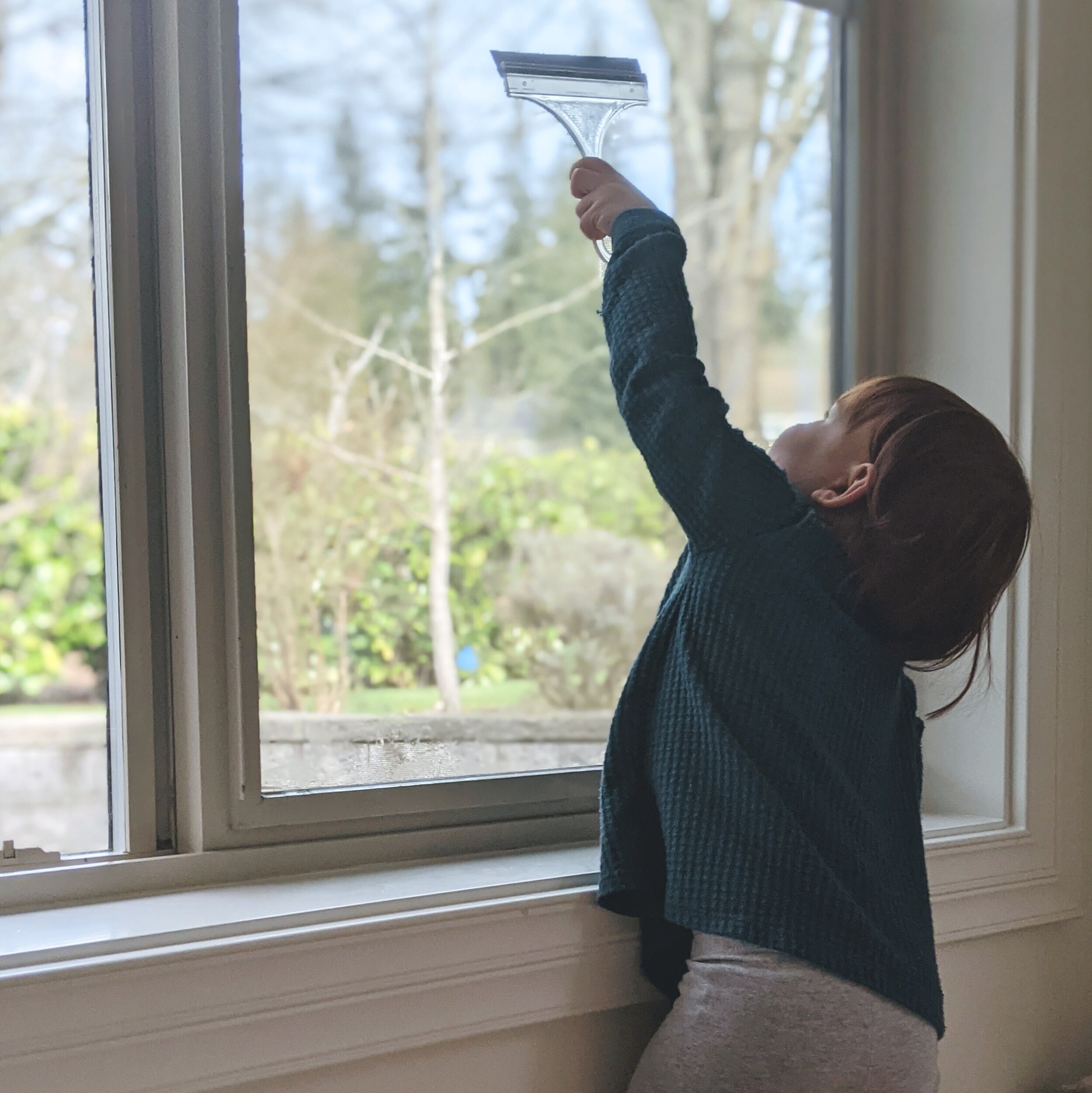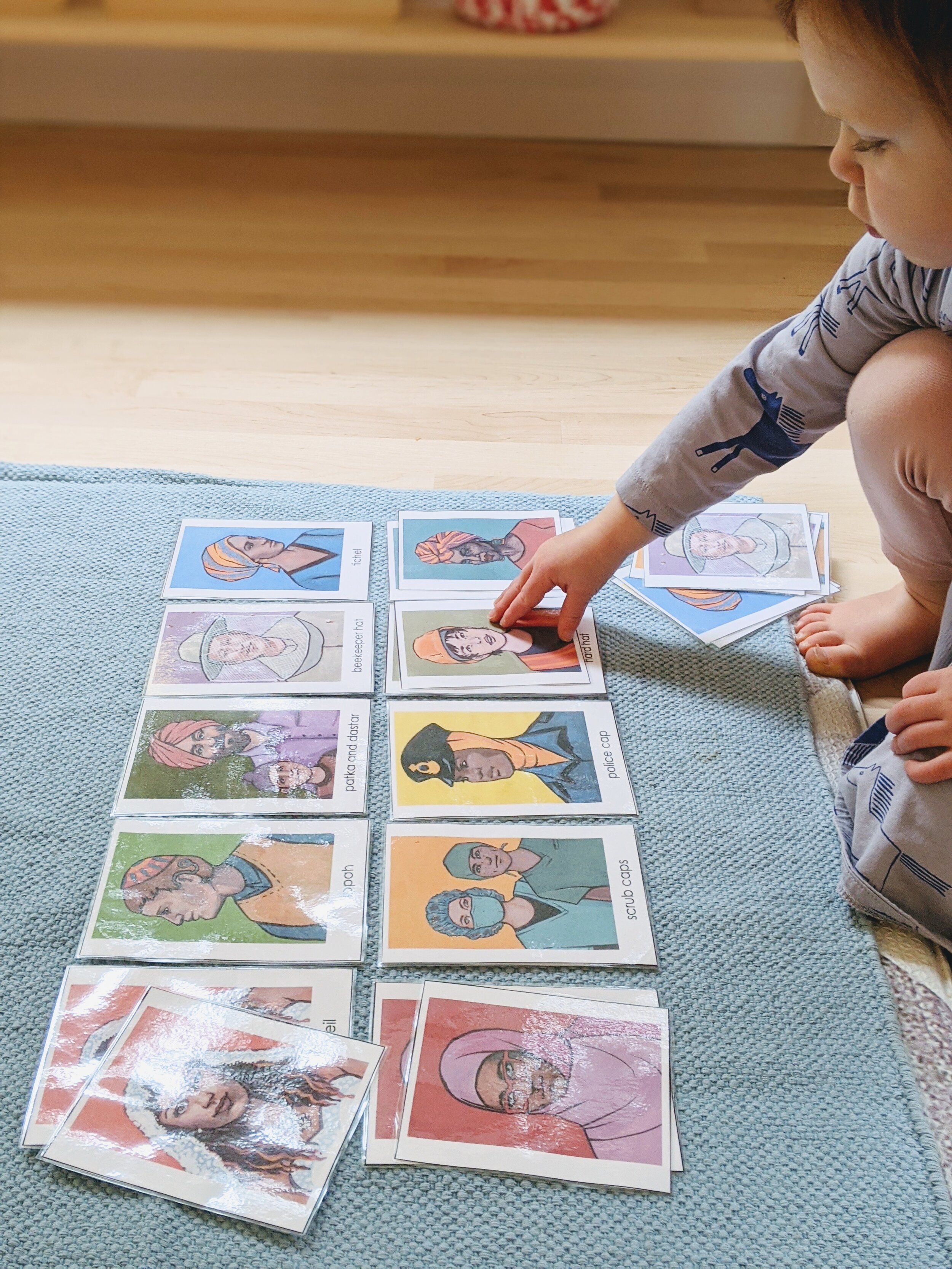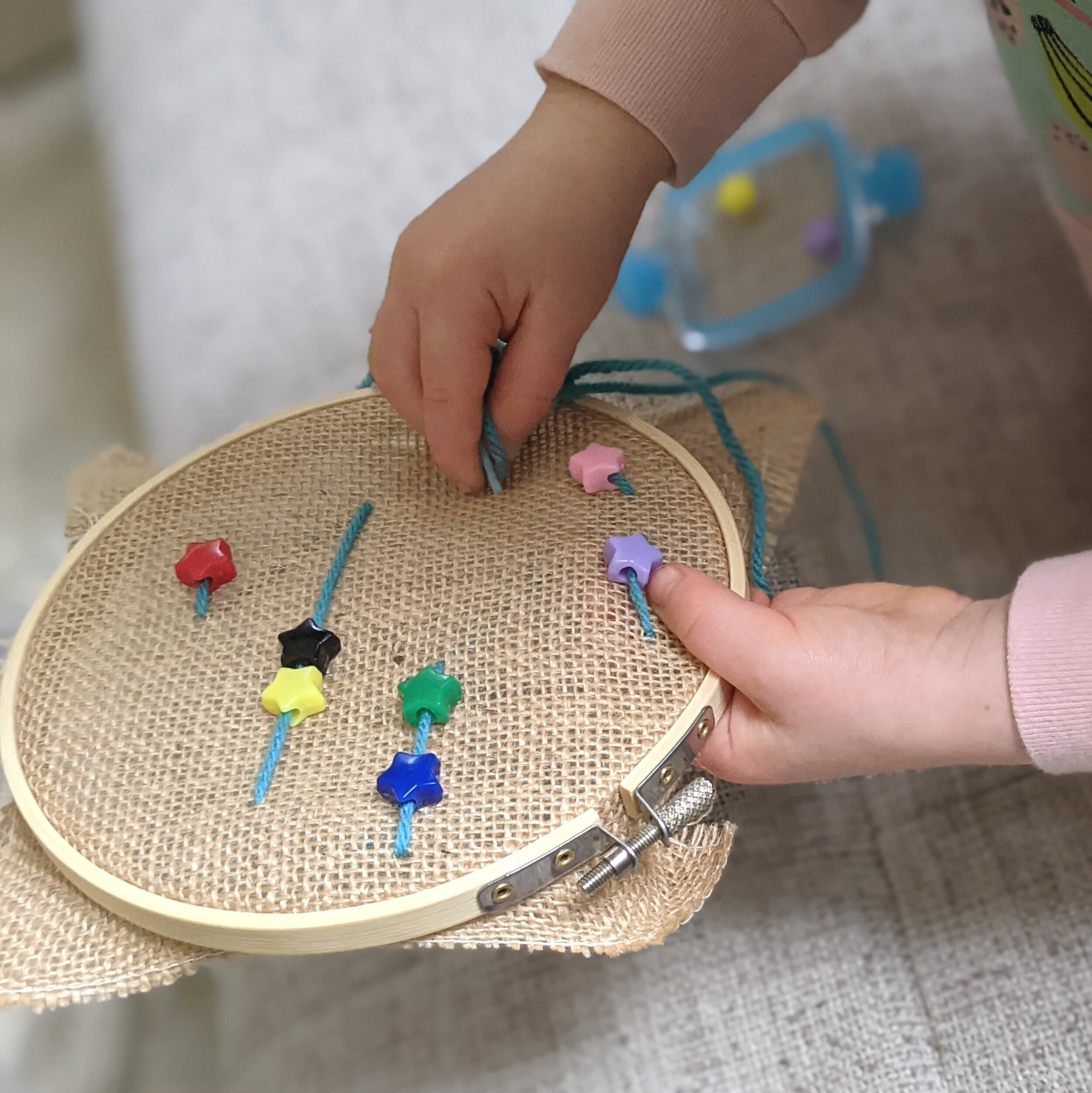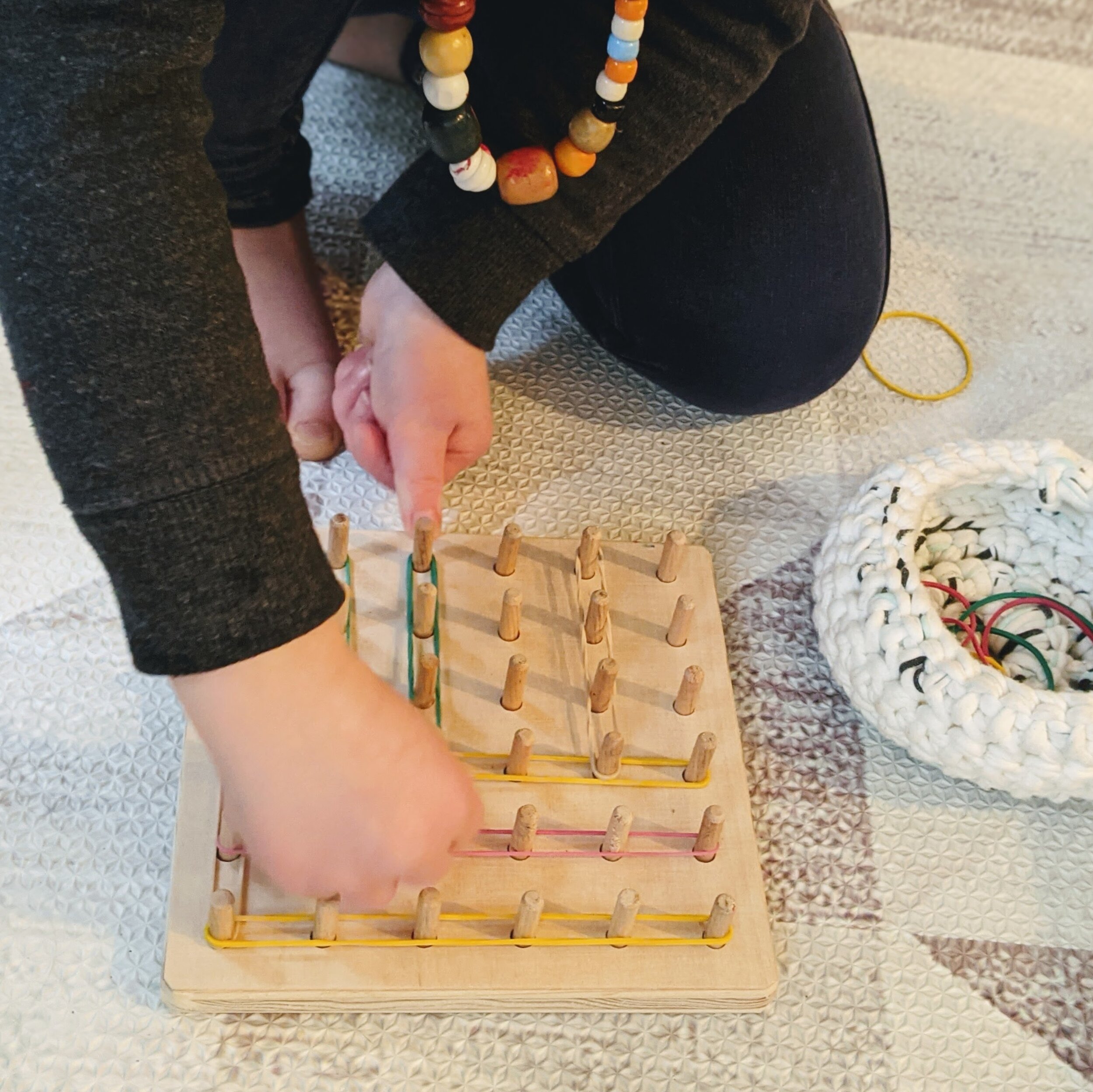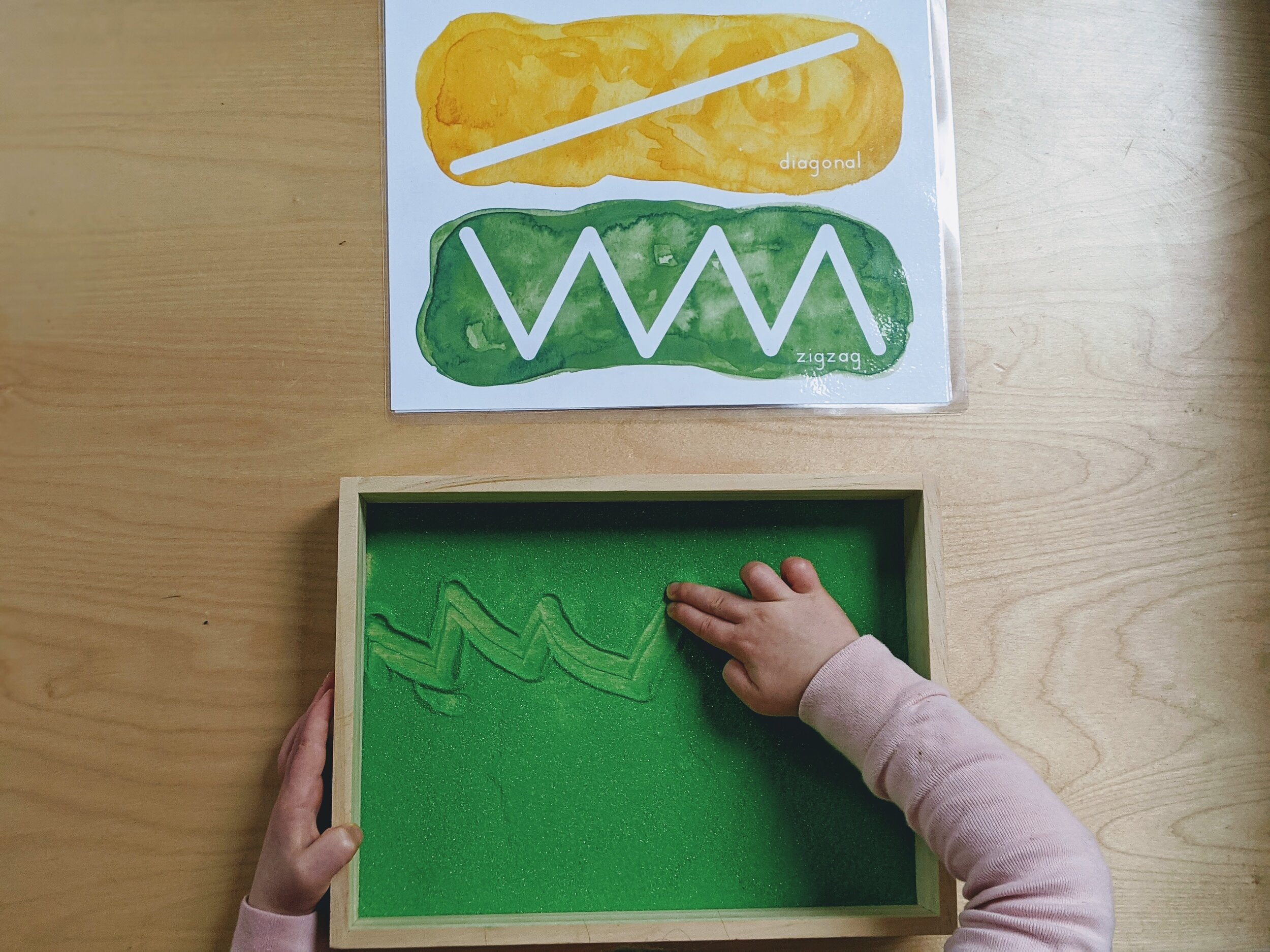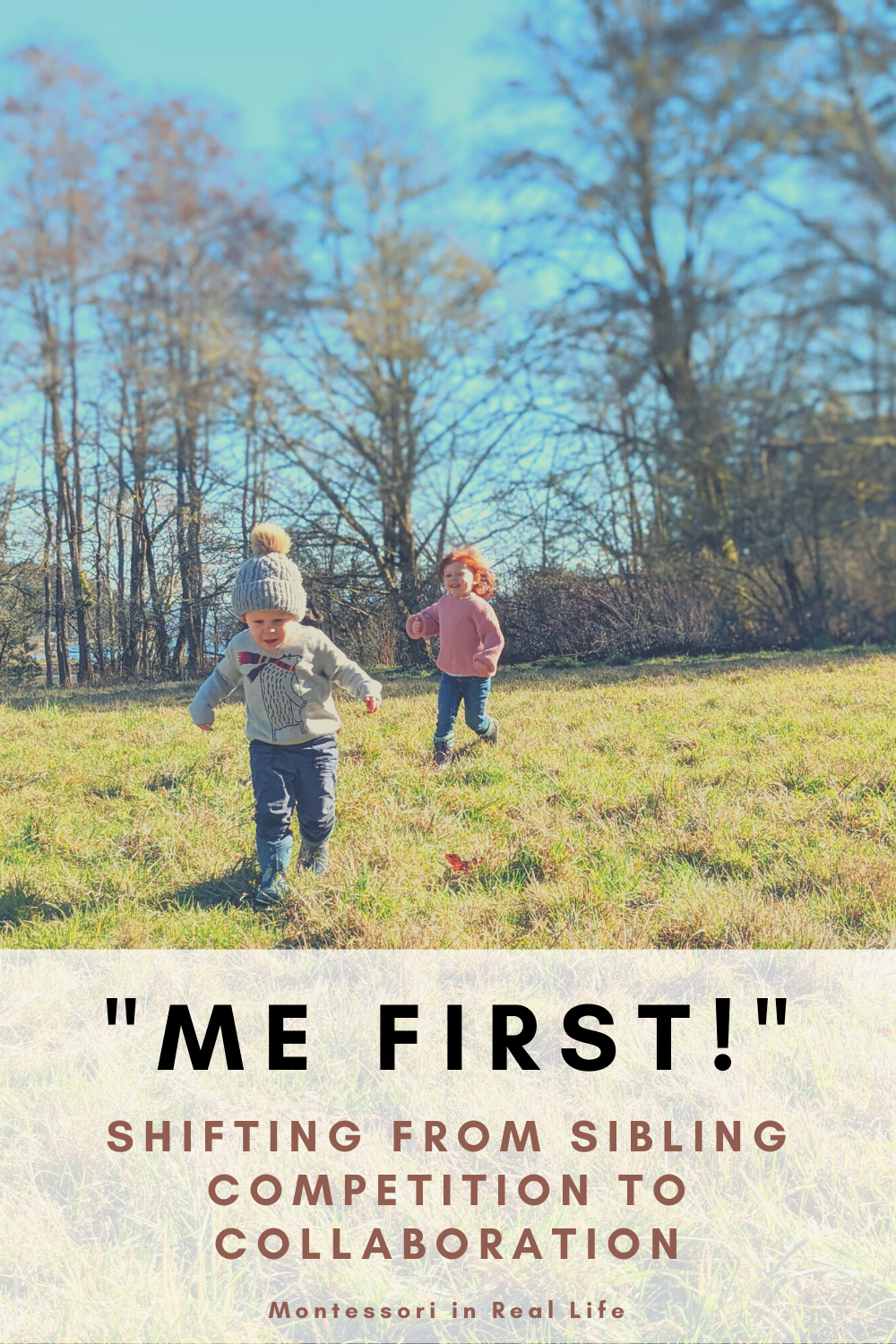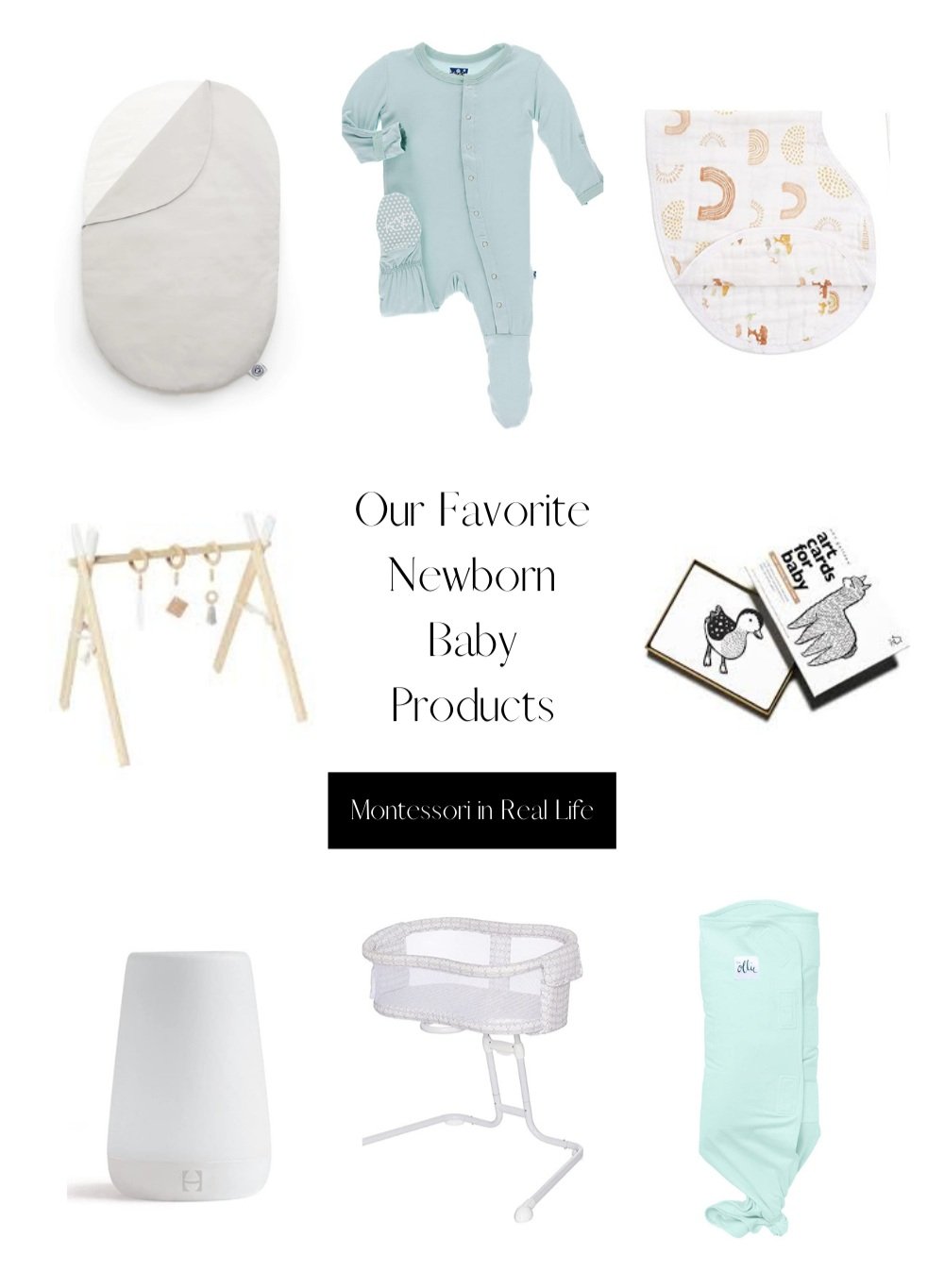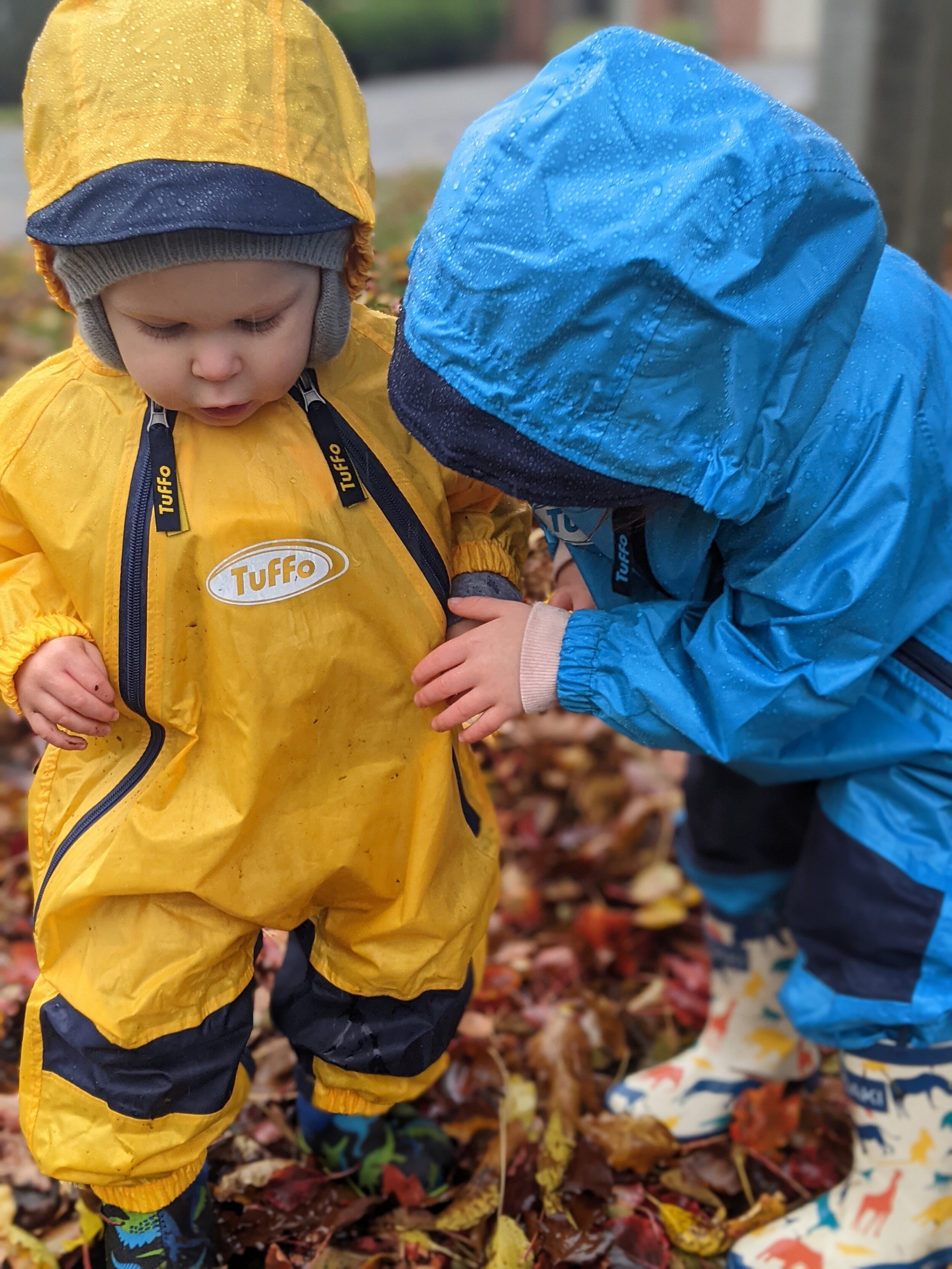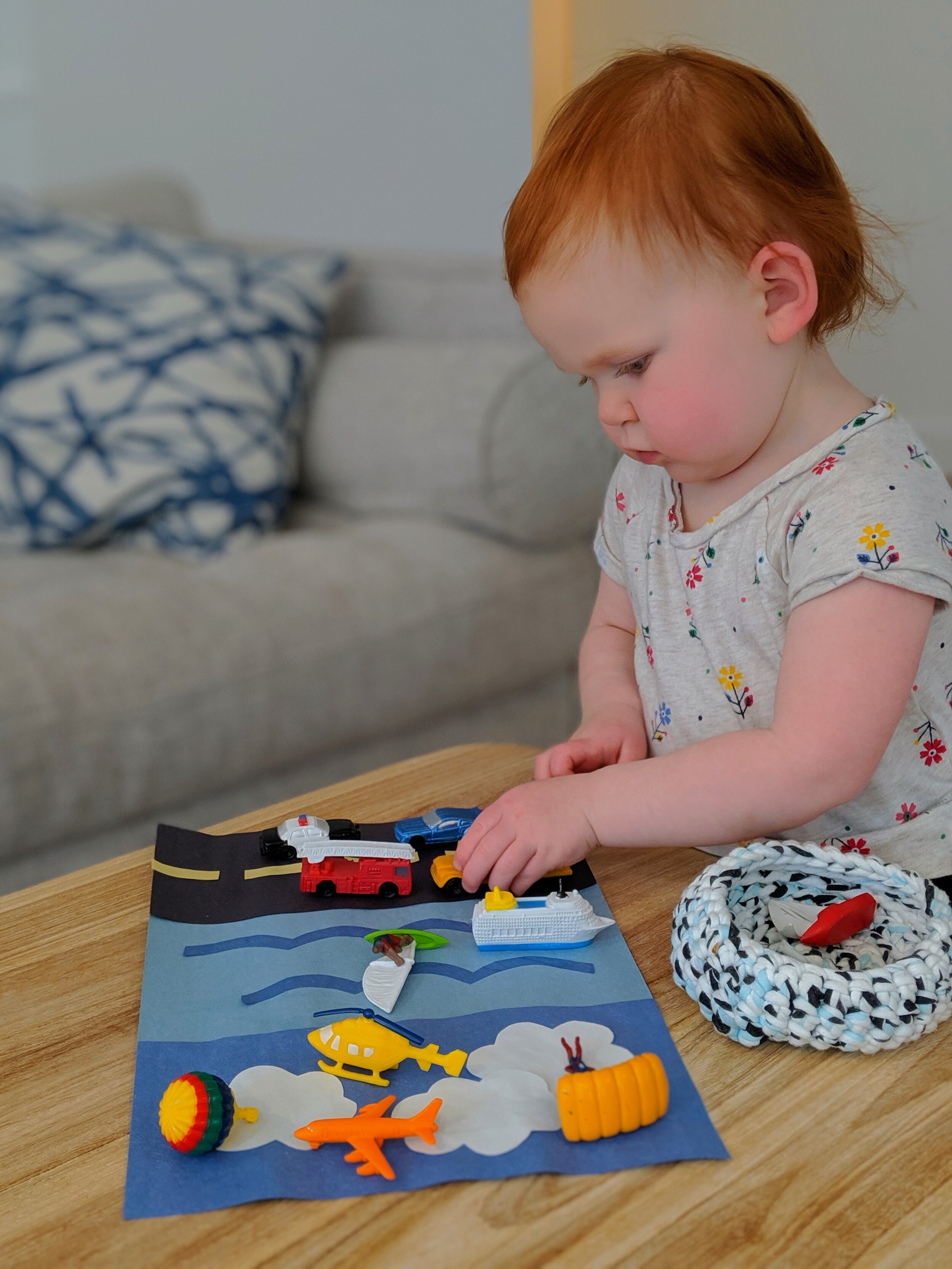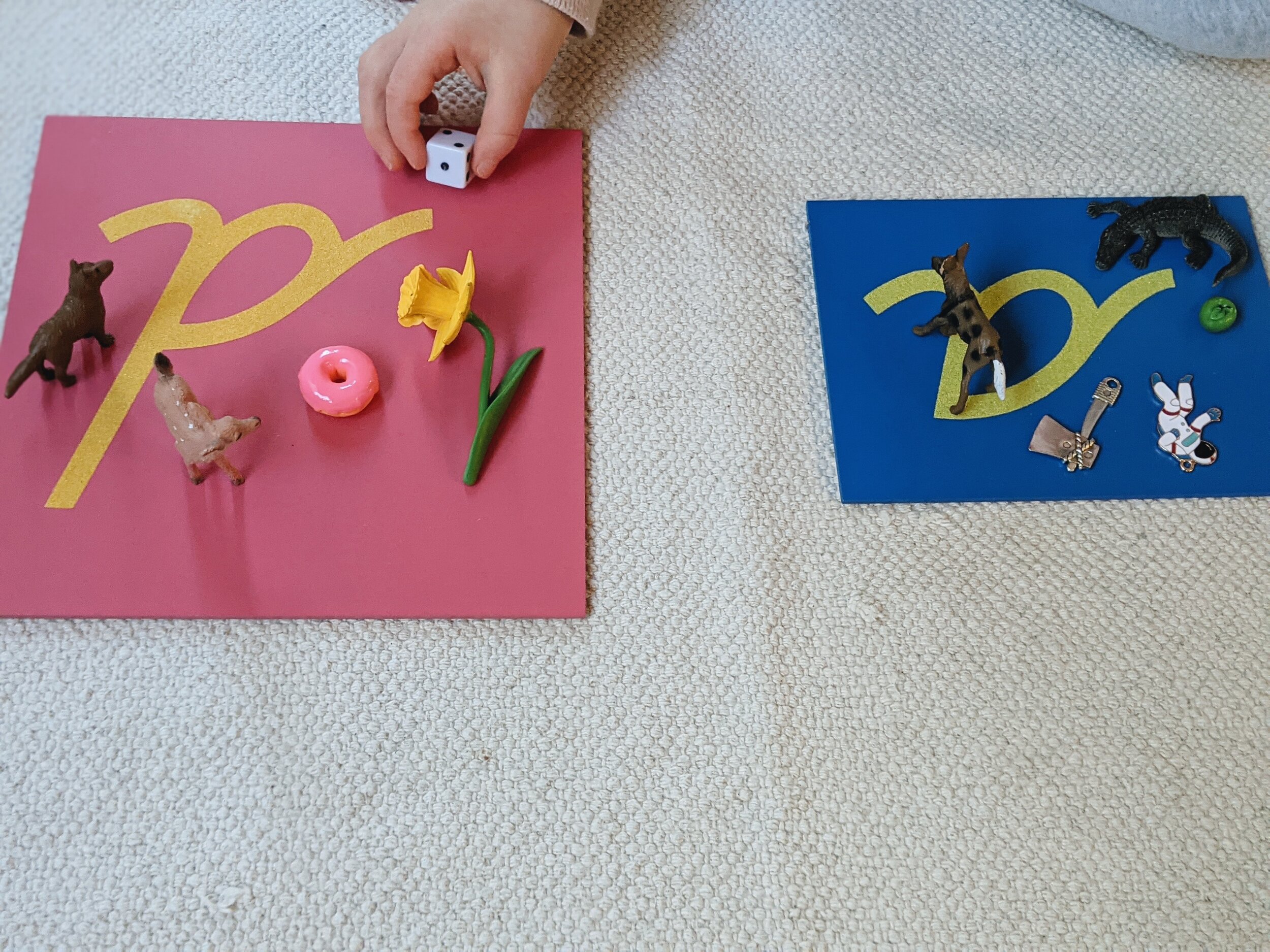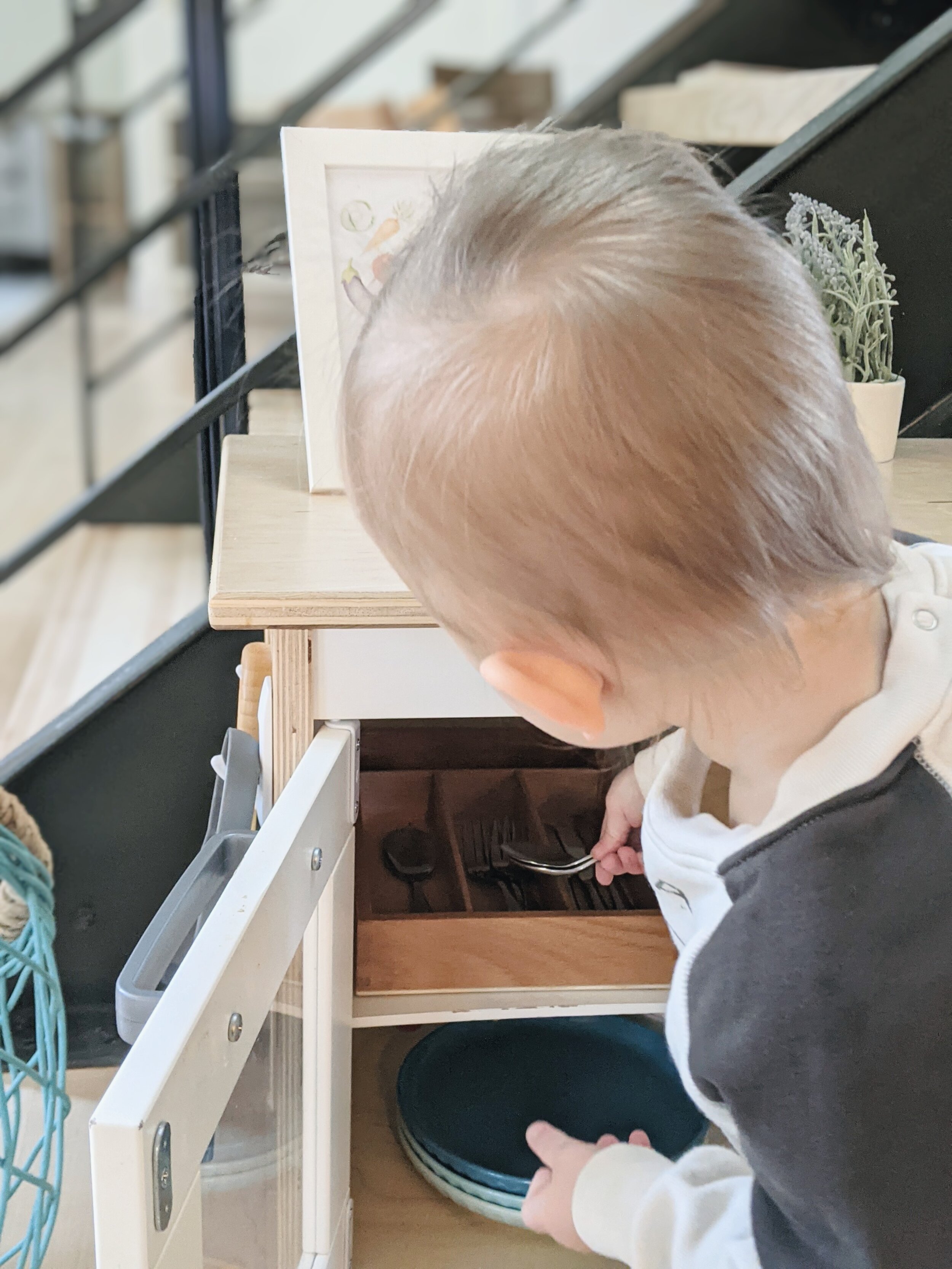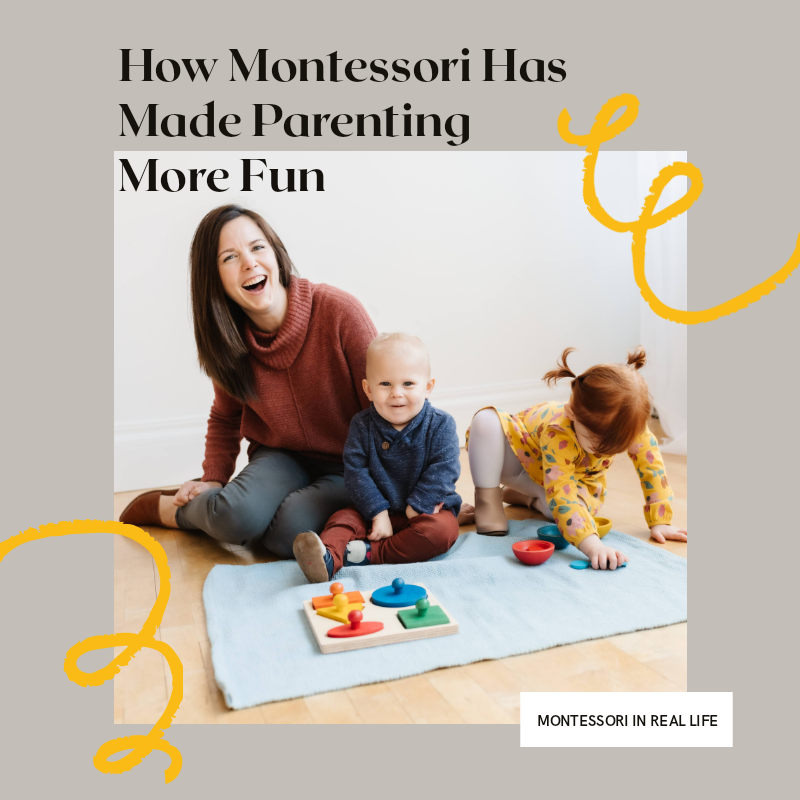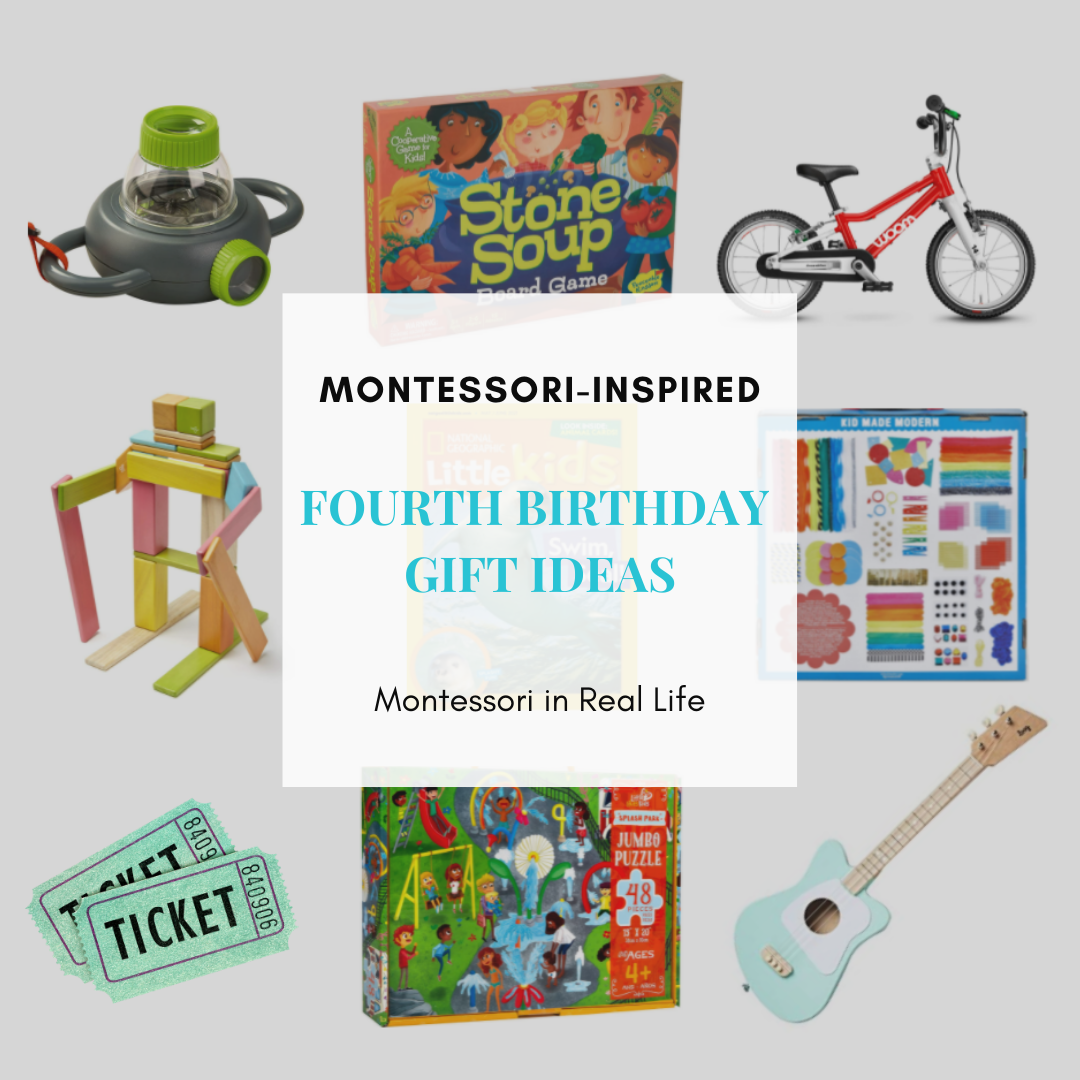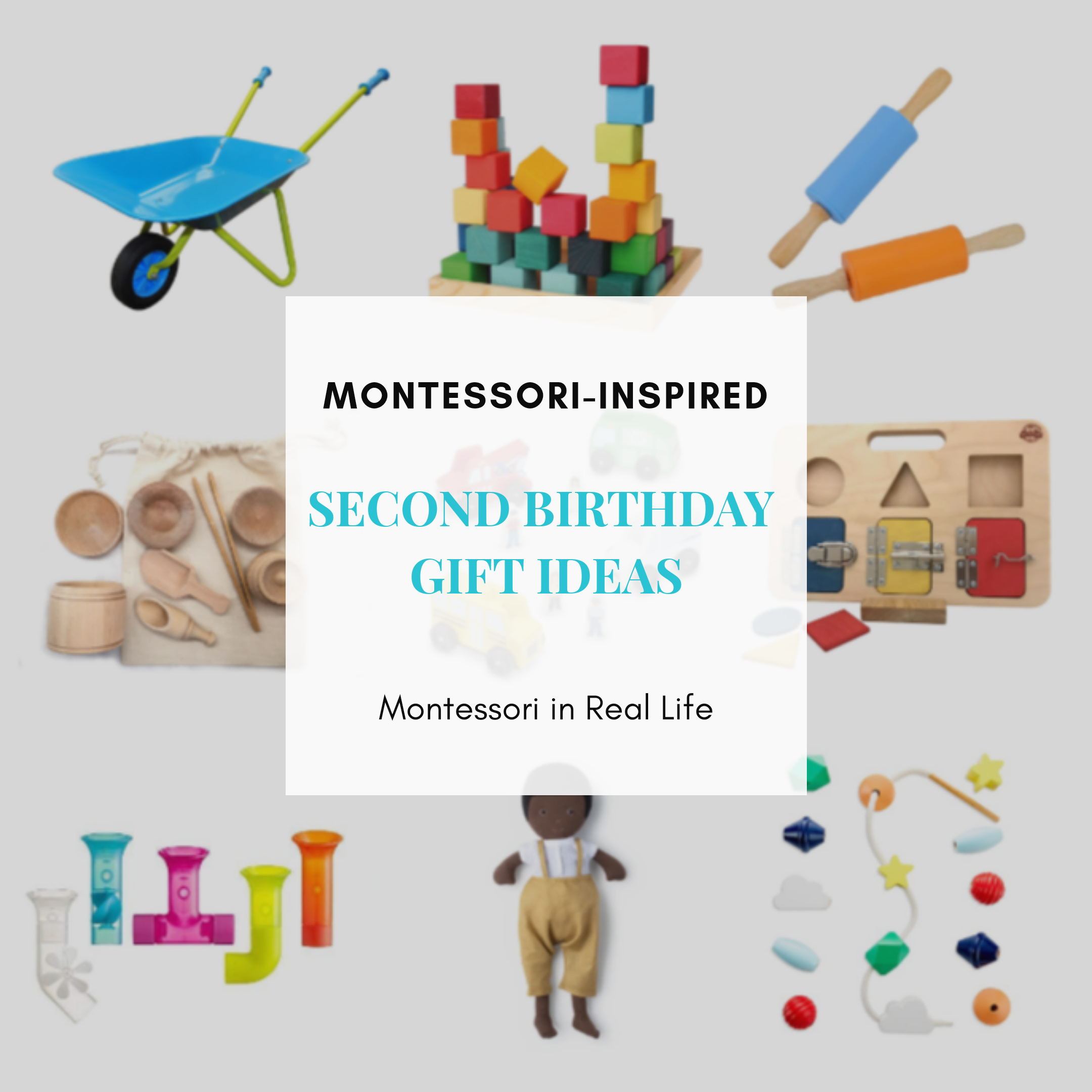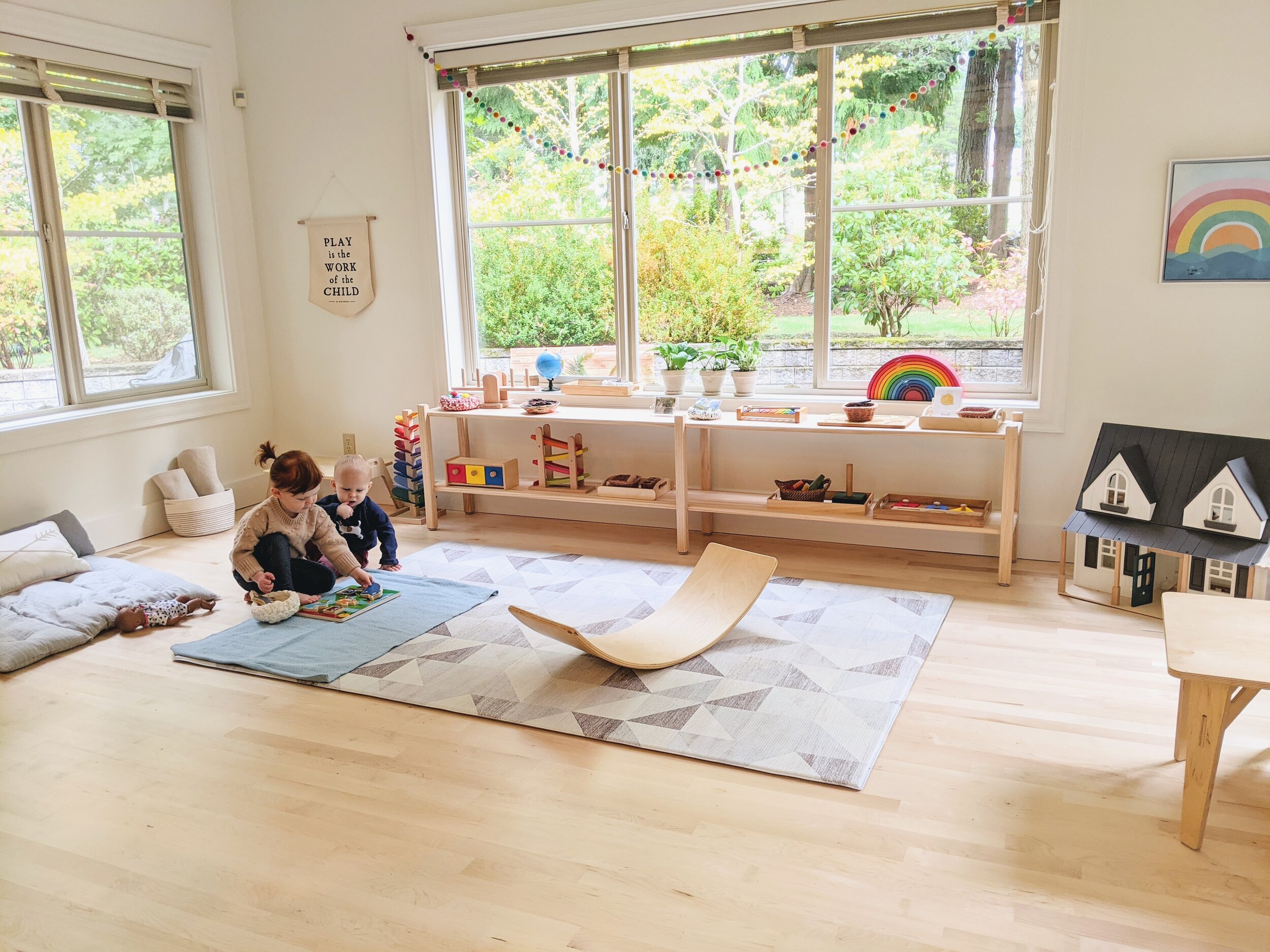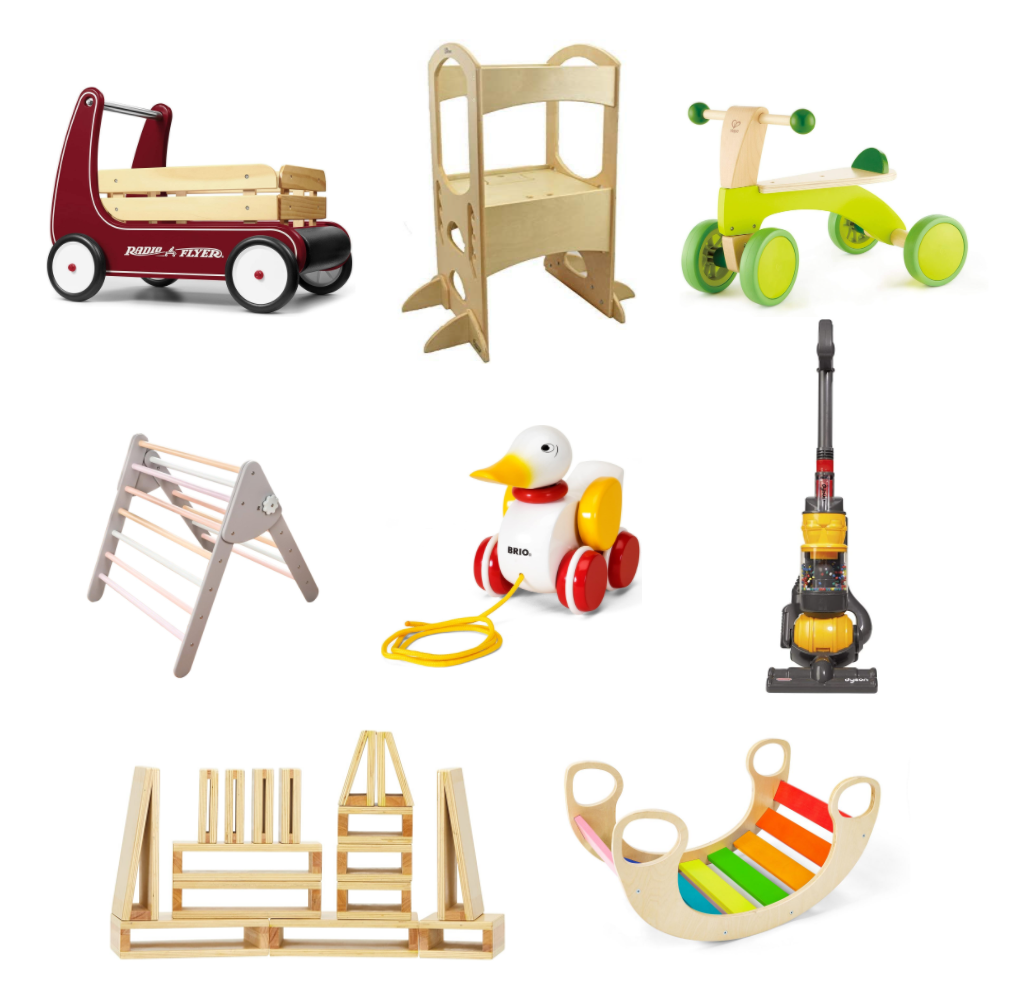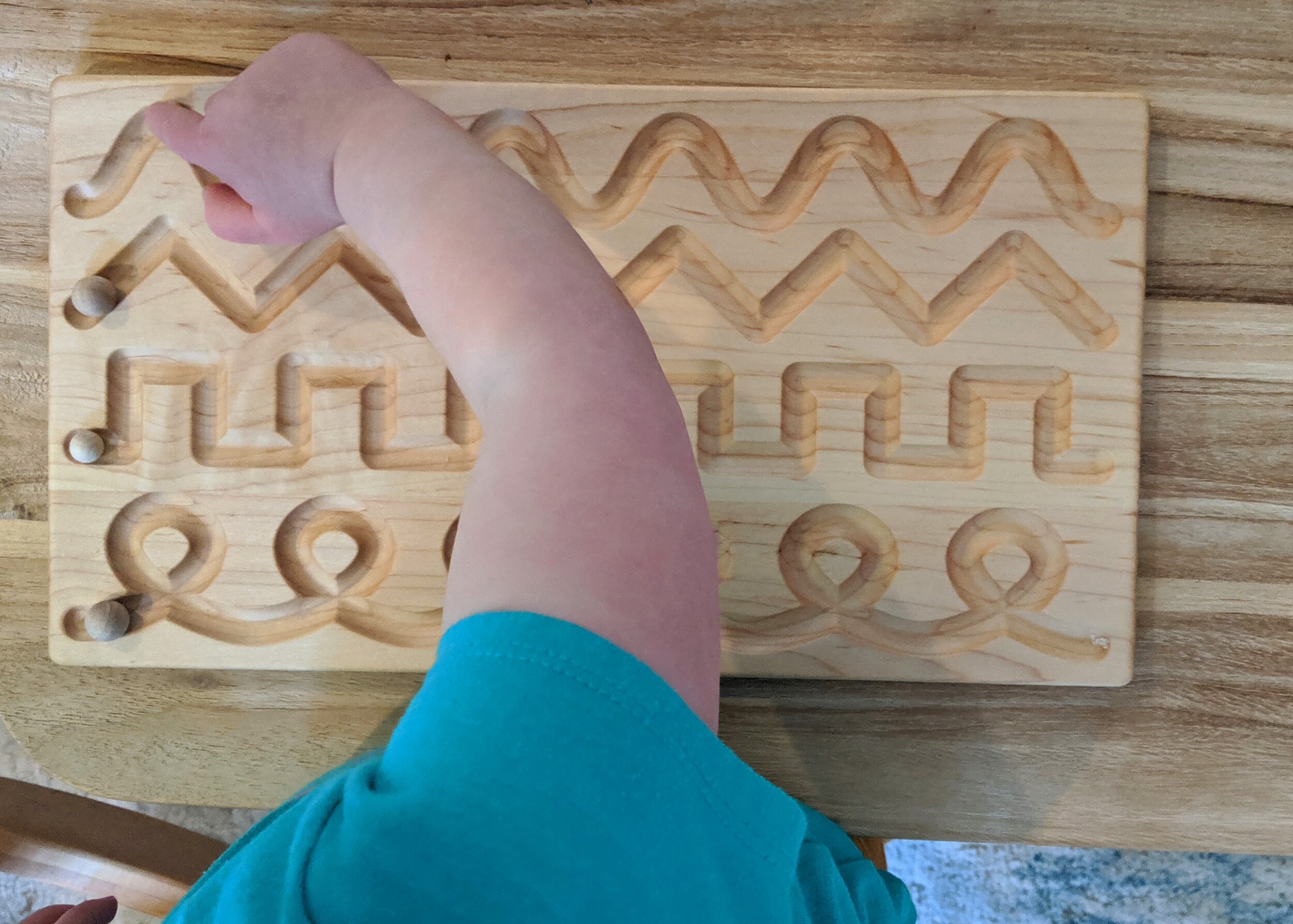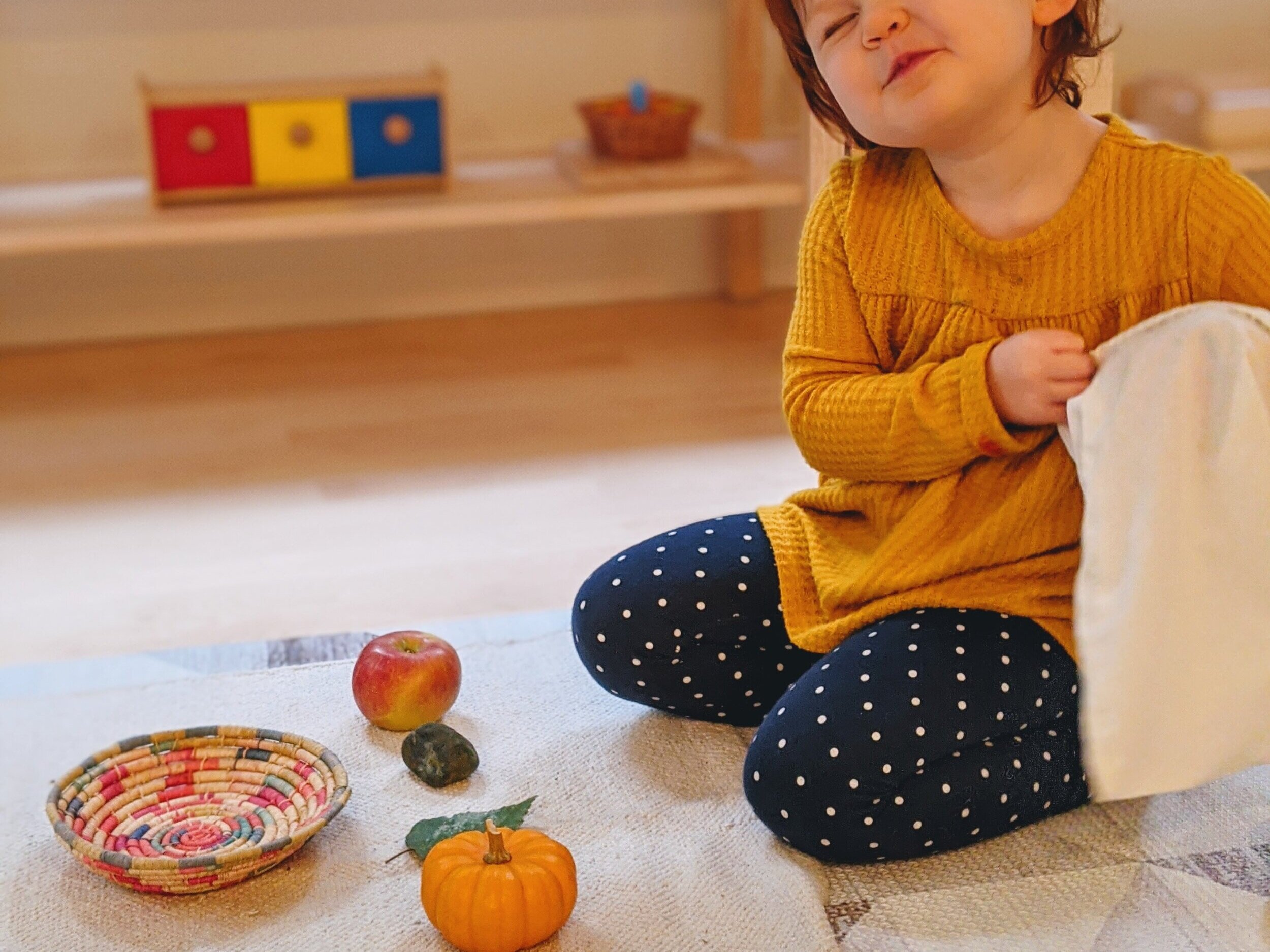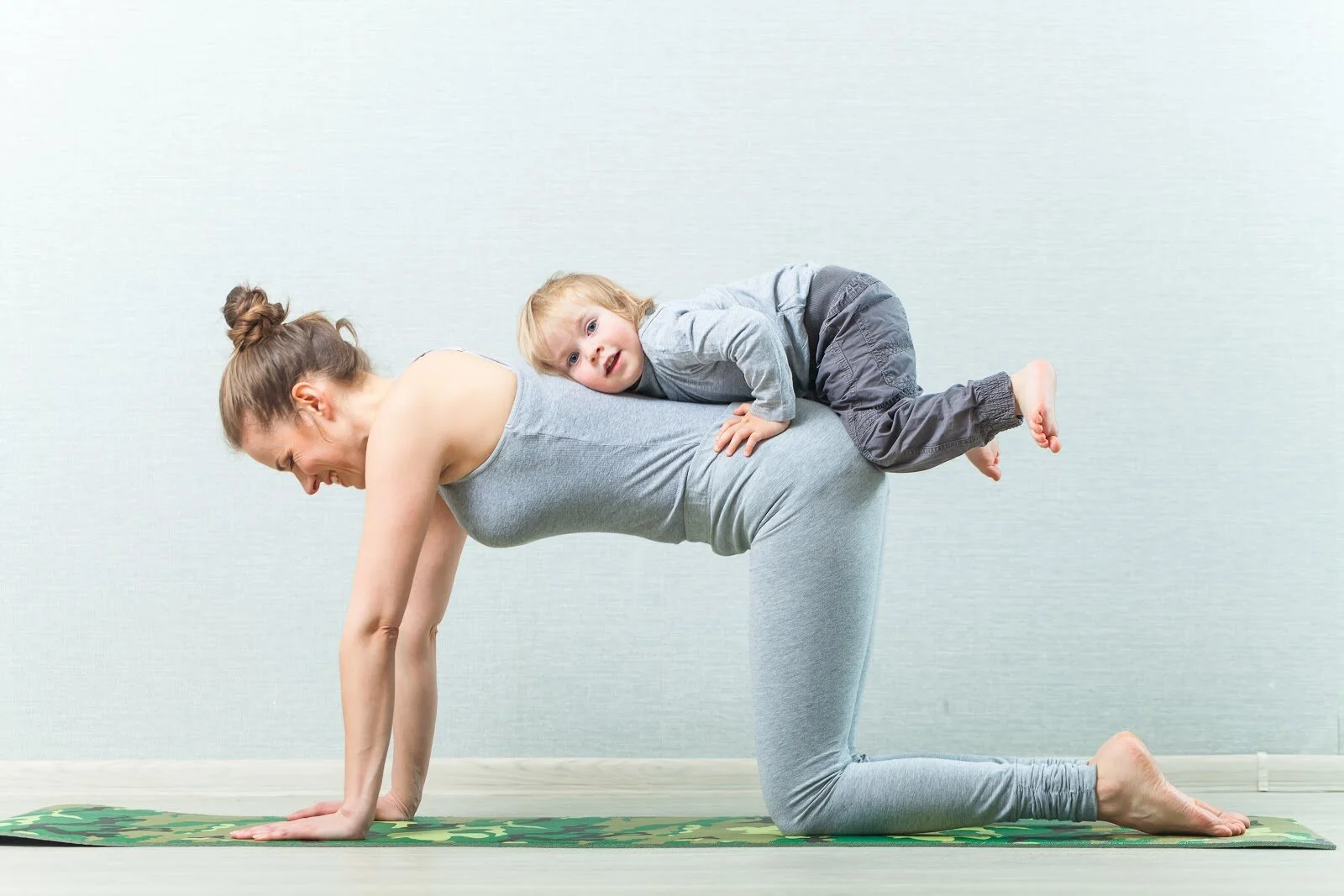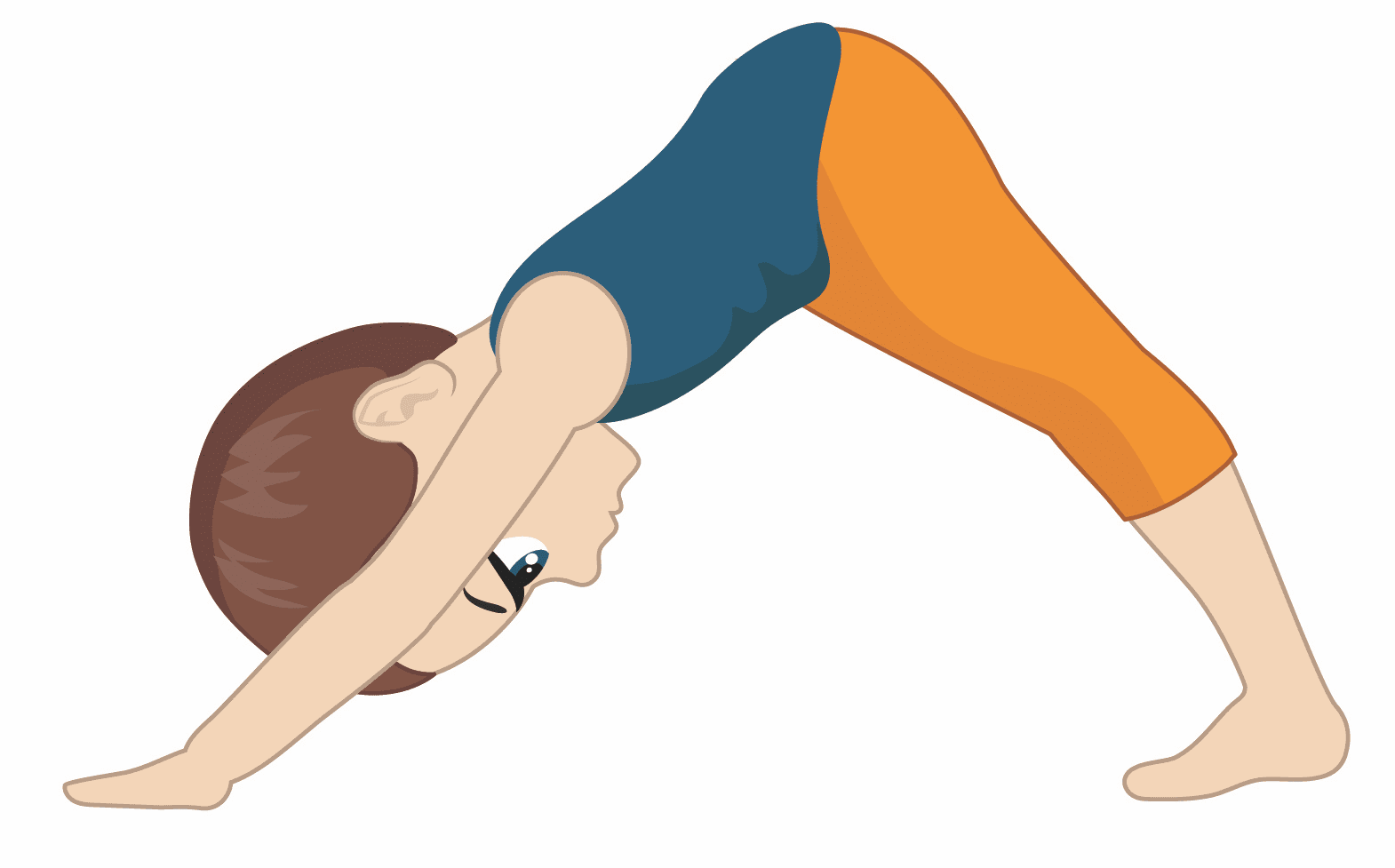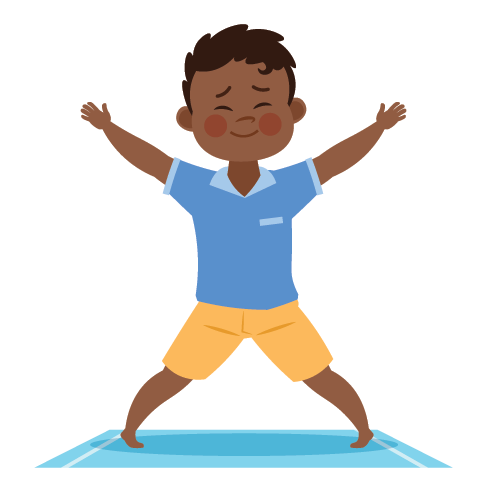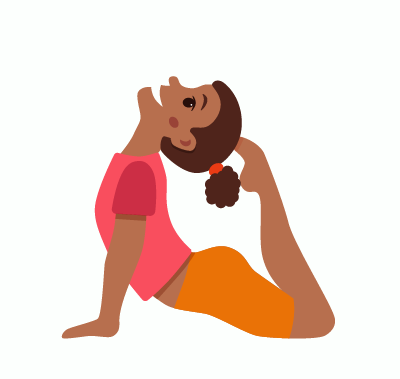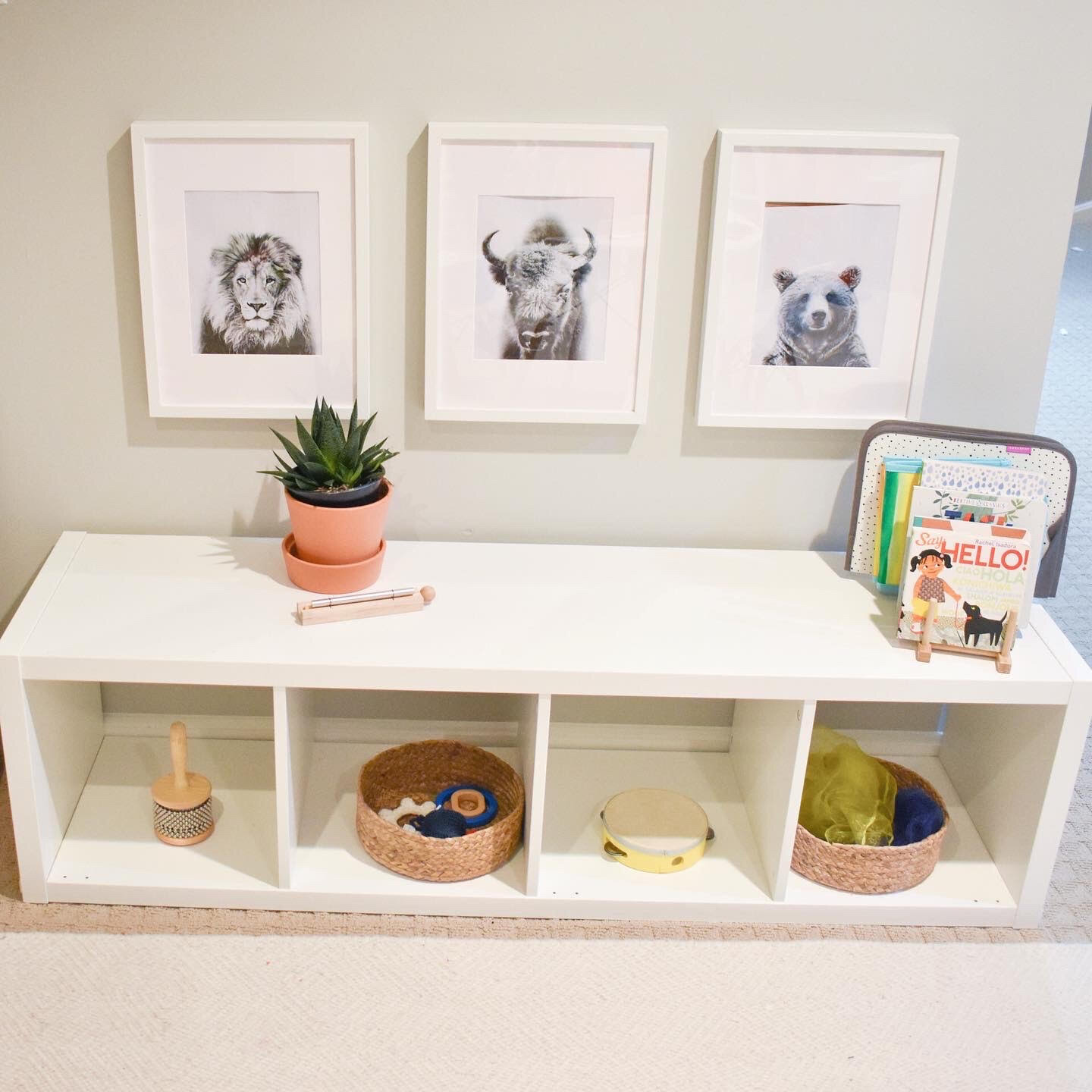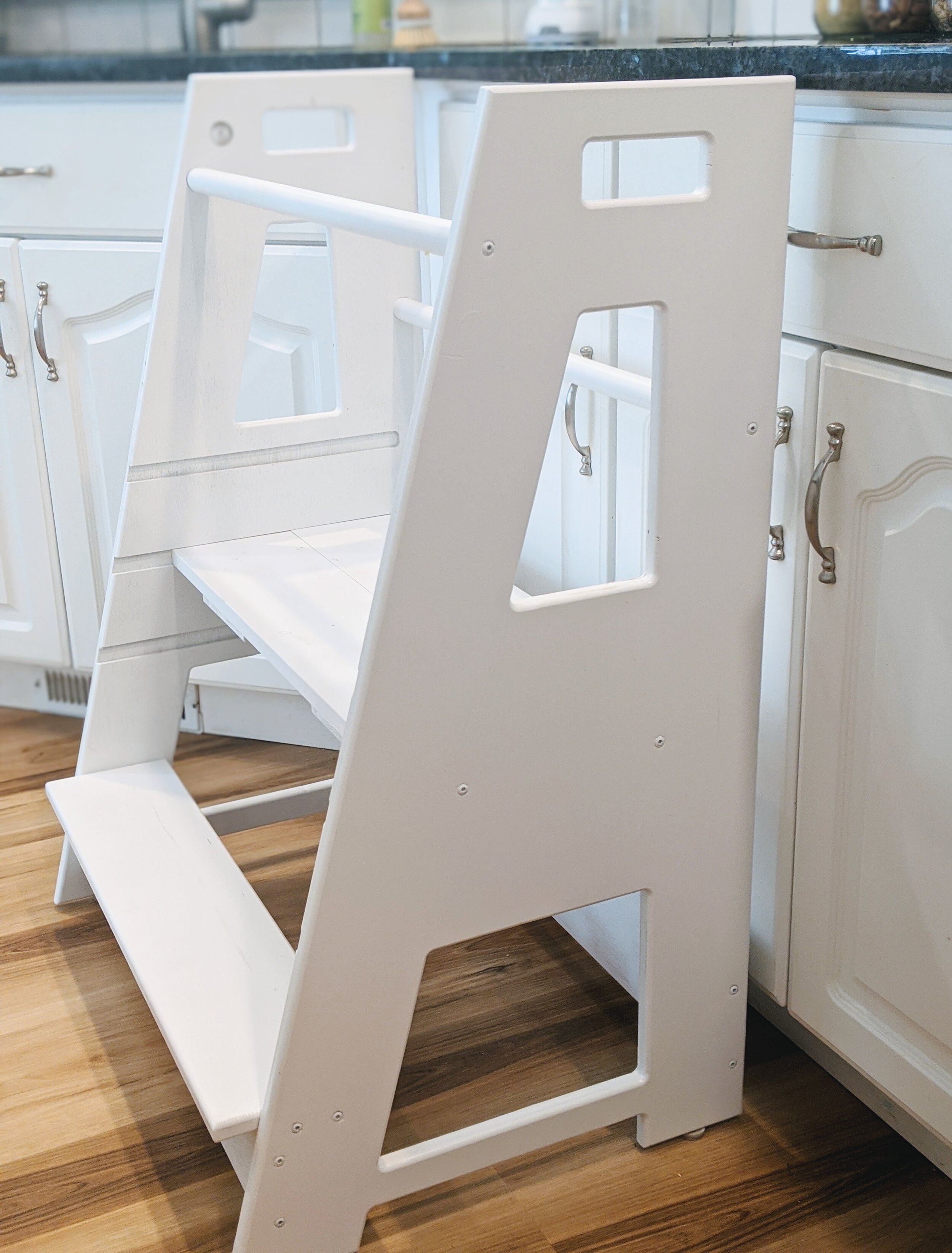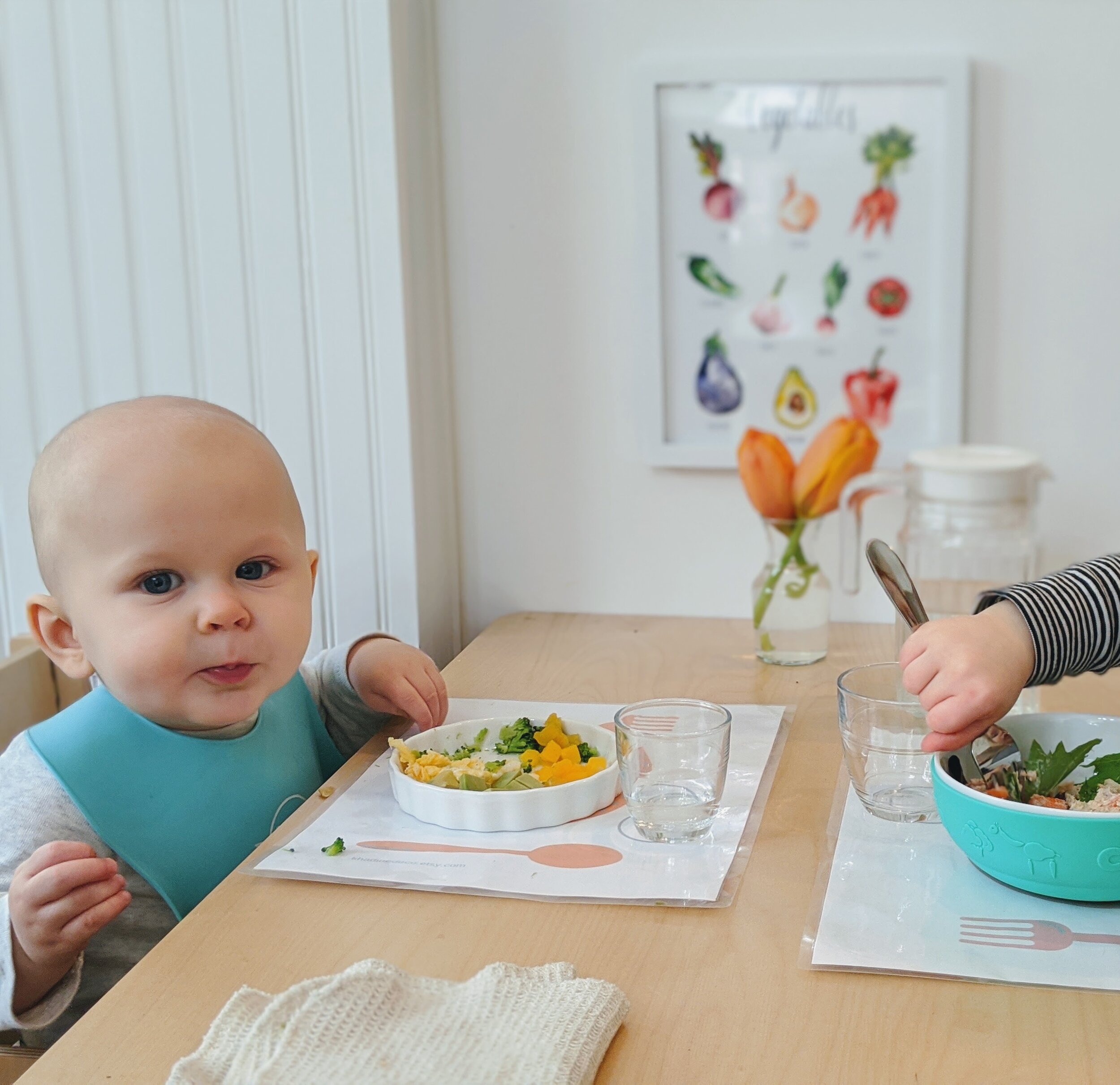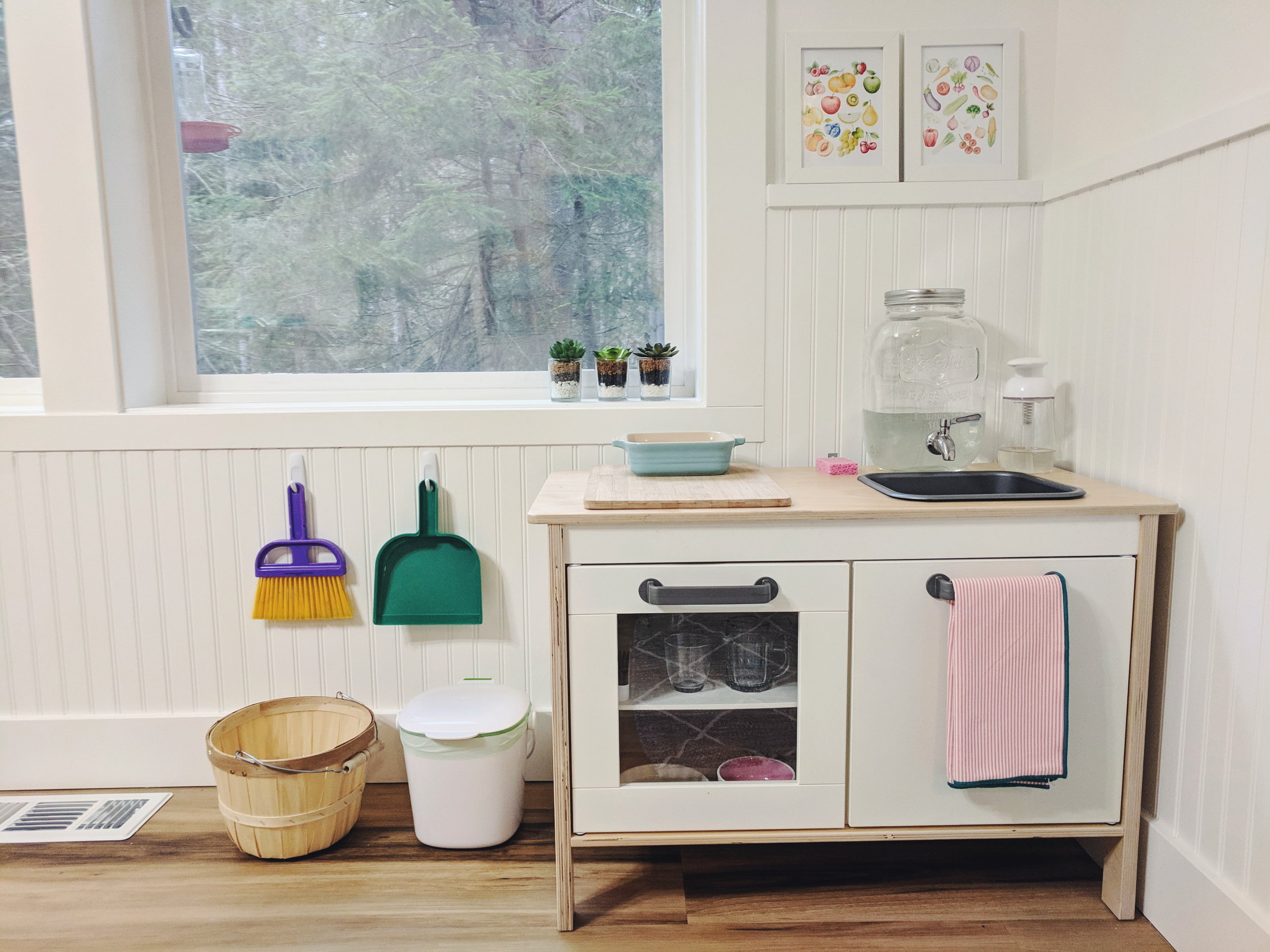Transitioning from Naptime to Quiet Time
Montessori in Real Life
Many parents fear the day their child stops napping, and understandably so. Naps are a time of peace and quiet for parents and children alike. However, the end of naps doesn’t have to mean the end of rest. Rather, children can transition from nap time to quiet time.
D stopped napping quite early, around 2.5. She was getting a very long consolidated sleep at night (13 hours), so I knew she’d be okay sleep-wise but I also knew she needed some downtime to make it through the long day. As D was already often playing in her room instead of napping, it was a natural transition for us to simply call it “quiet time” instead of “nap time”. She turned this phrase into "home time" as she considers her bedroom her own little home. Since 2.5, she spends this time (1-1.5 hrs) in her room, with the door open, playing pretend with her dolls, animals, and tea set, and "reading" books. This is an important time for both of us to have quiet in the day, and come back together in the afternoon feeling refreshed.
Often the transition from a nap to quiet time isn’t so natural, but it’s still possible! If this is something you’d like to start but aren’t sure how, here are some tips for quiet time success:
Enjoy a little one on one time first. Children need time together before they can feel ready to be apart. Spend a little time reading, playing, or enjoying a meal together, without any screens or distractions, prior to quiet time.
Keep your routine consistent. Every transition is easier once it becomes part of your daily rhythm. Setting the expectation that quiet independent play will happen daily around the same time, will ensure a smoother change happens.
Create a space that is special and cozy. Quiet time can happen in their bedroom or a shared space. Whichever you choose, make it a place they want to be. This might include a few favorite toys, books, comfy pillows, or even music or an audiobook. Make sure everything that they have with them is safe for them to use independently.
Start small. This might mean 5-10 minutes to start. Explain how and where quiet time will happen and when you will be back. Make the first quiet time very short so they trust you and feel okay about it (if they are engrossed in play, quietly stand near their door and wait for them to look up. Let them know that they may join you when they feel ready but let them know there is no rush. Gradually add on 5 minutes at a time. How long quiet time lasts is really up to you and your child.
Use visual cues. A helpful visual tool for children in quiet time is a time-to-rise light. When the light changes color, they know quiet time is over. We love our Hatch but there are others. Another option is a visual timer but this makes some children anxious, as they watch the clock slowly tick down.
It may take a bit of time to transition into this new routine, or it might be a seamless transition from nap time like it was for D. Either way, keeping your home quiet and choosing an activity for yourself that is calm and quiet will help create a restful atmosphere and give an opportunity for everyone to recharge each afternoon.

































